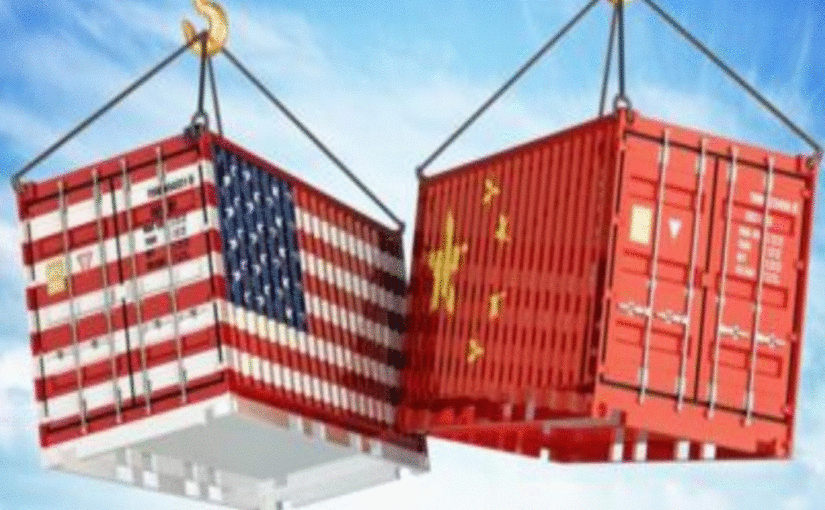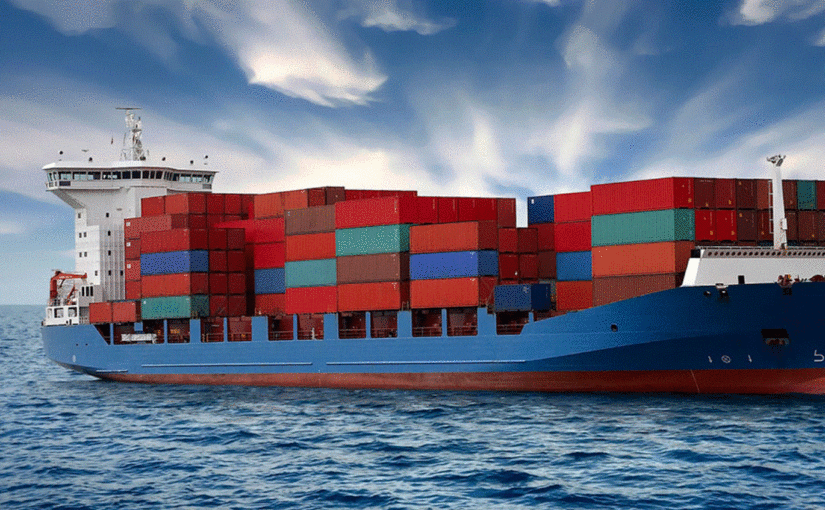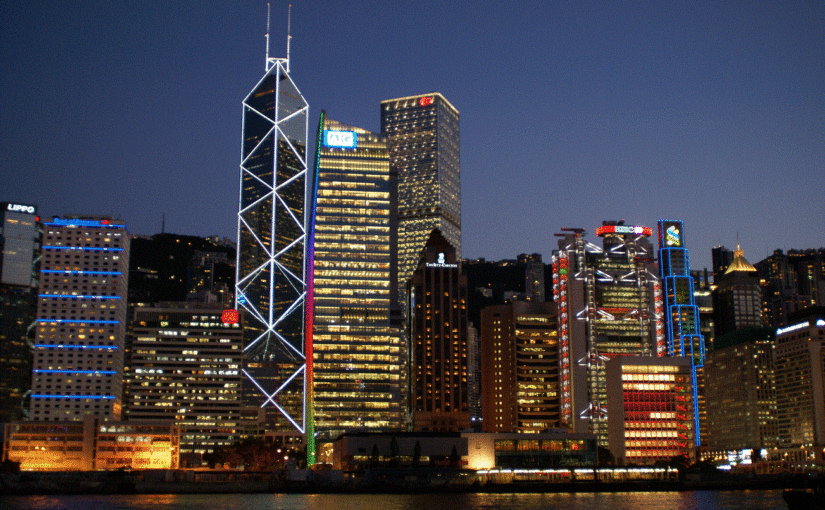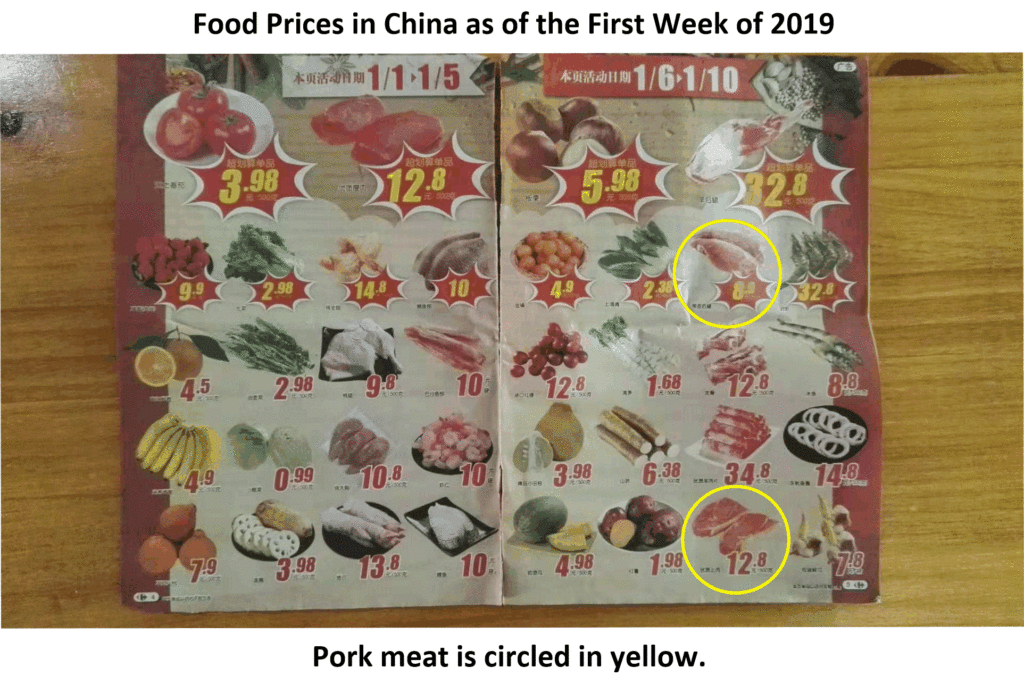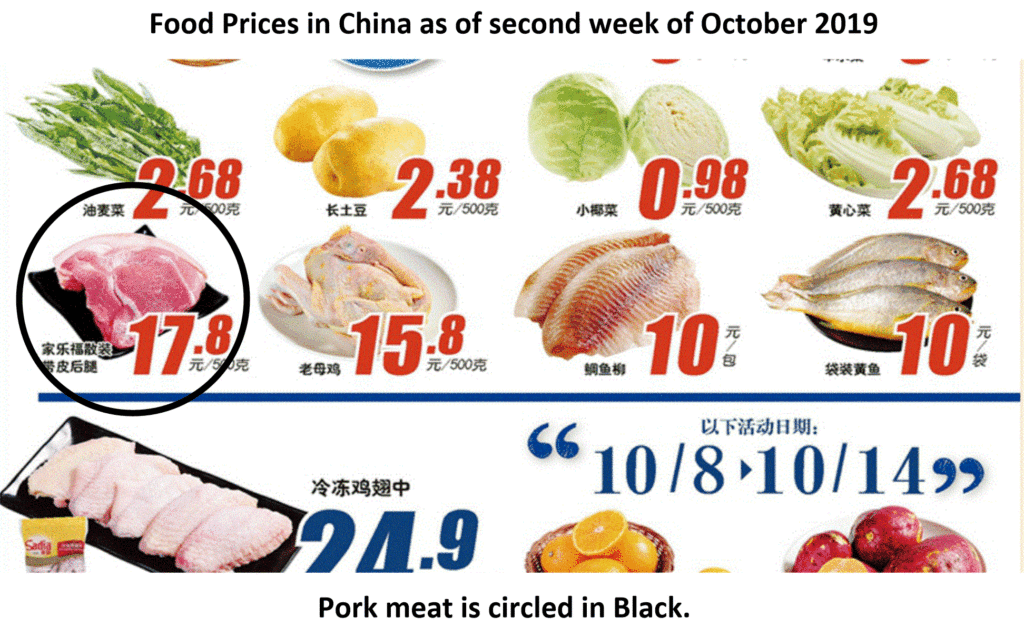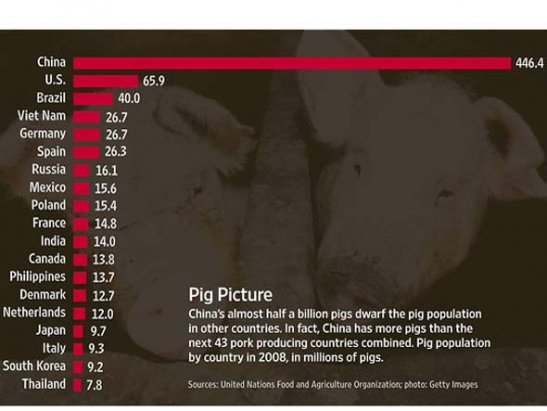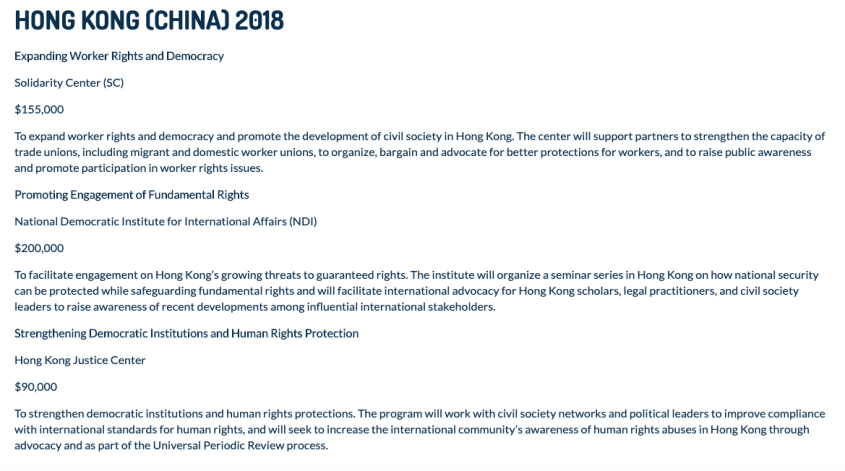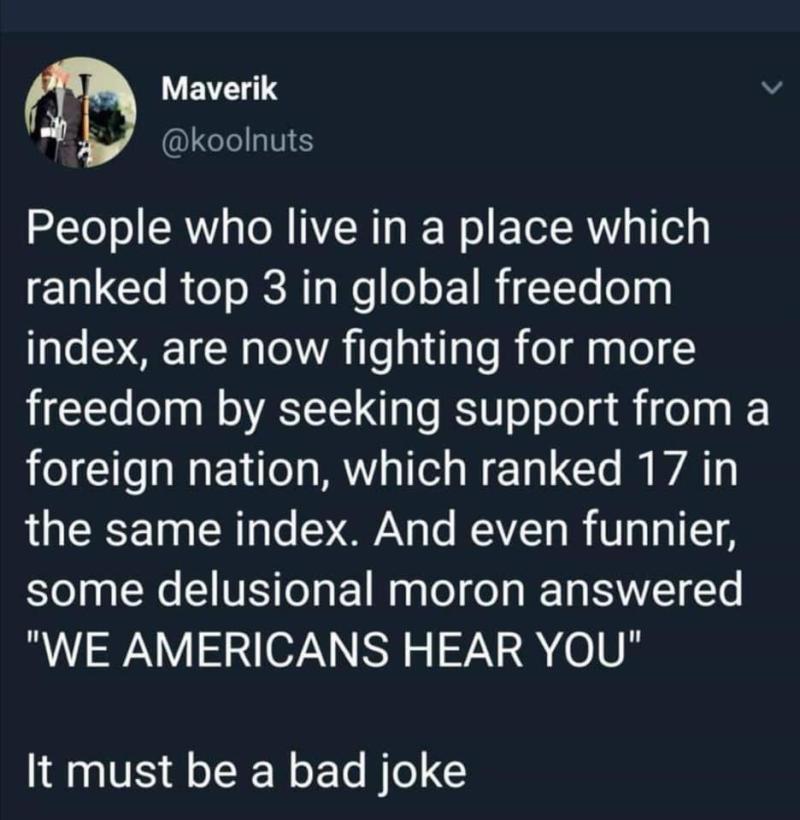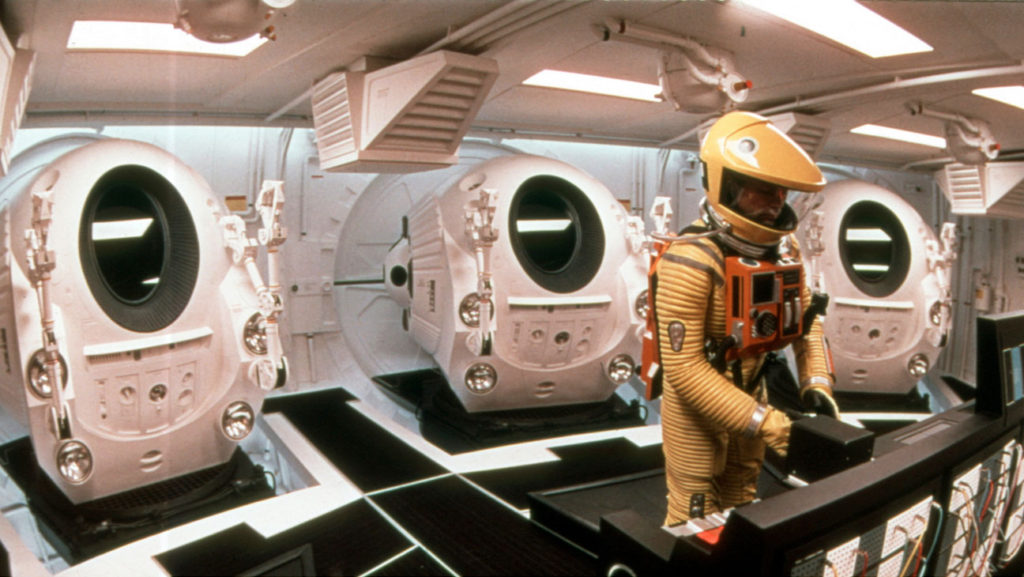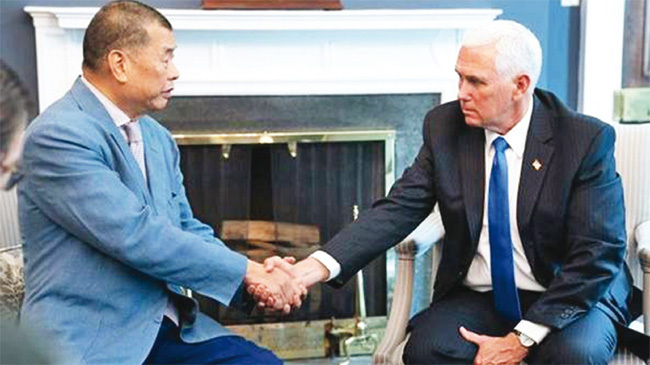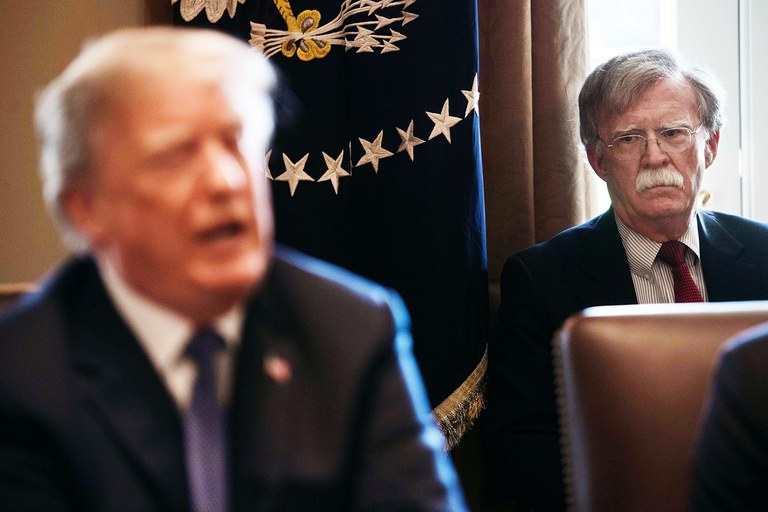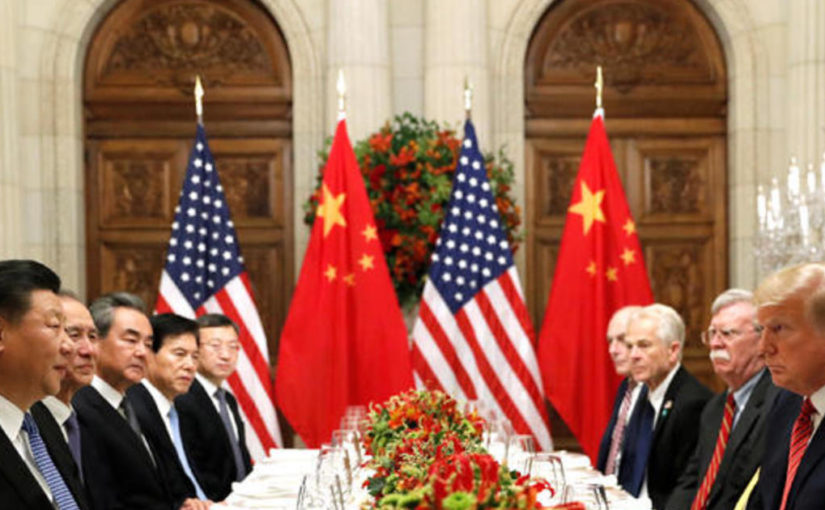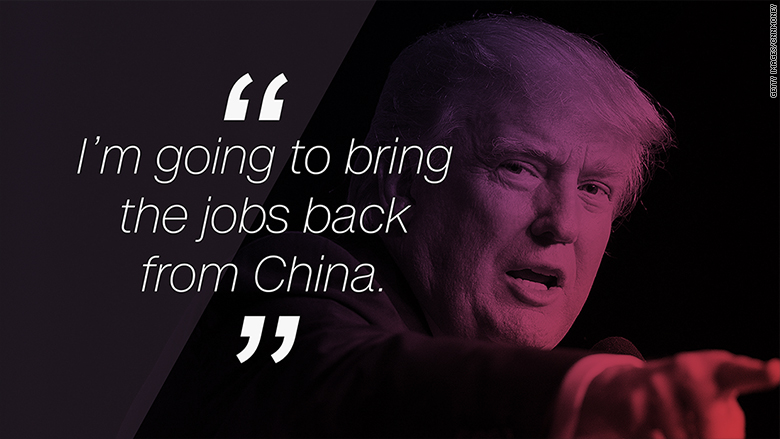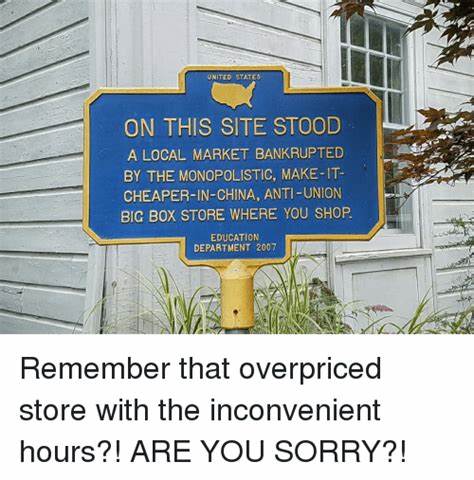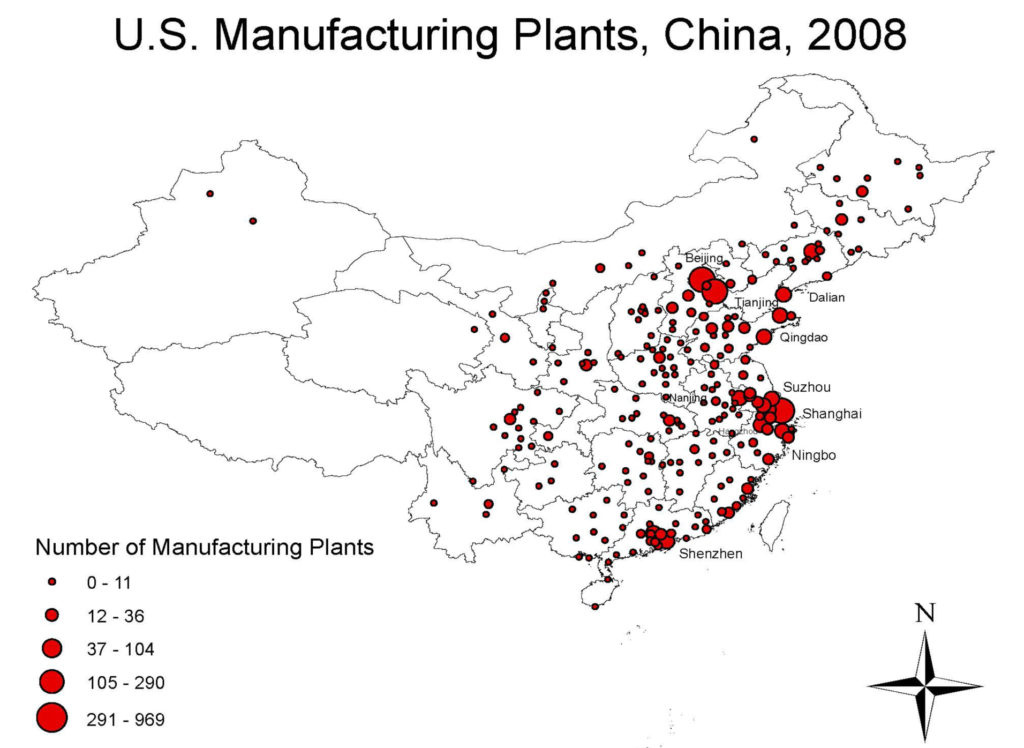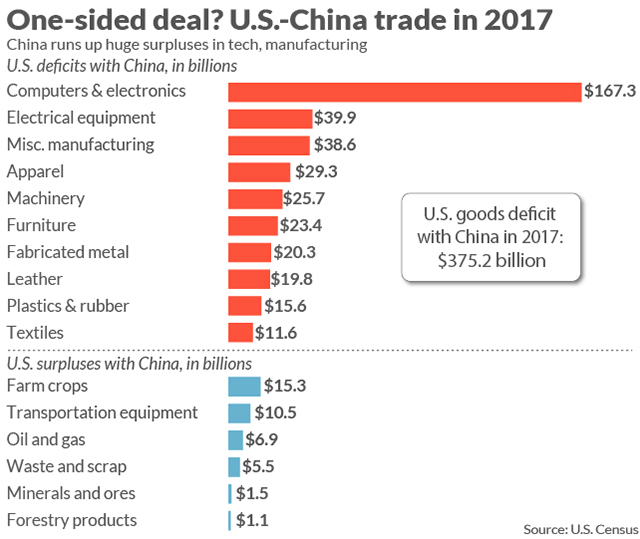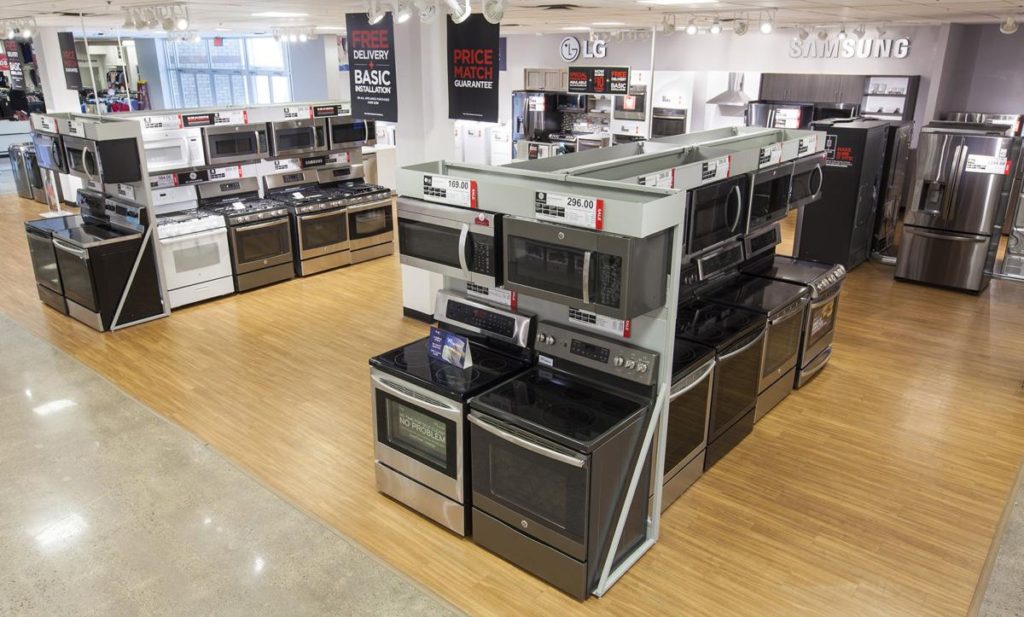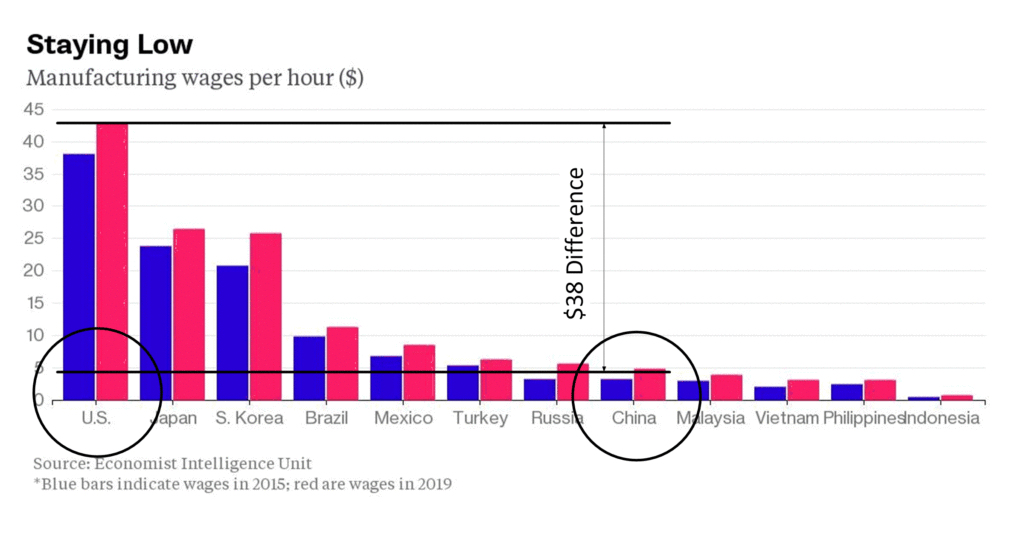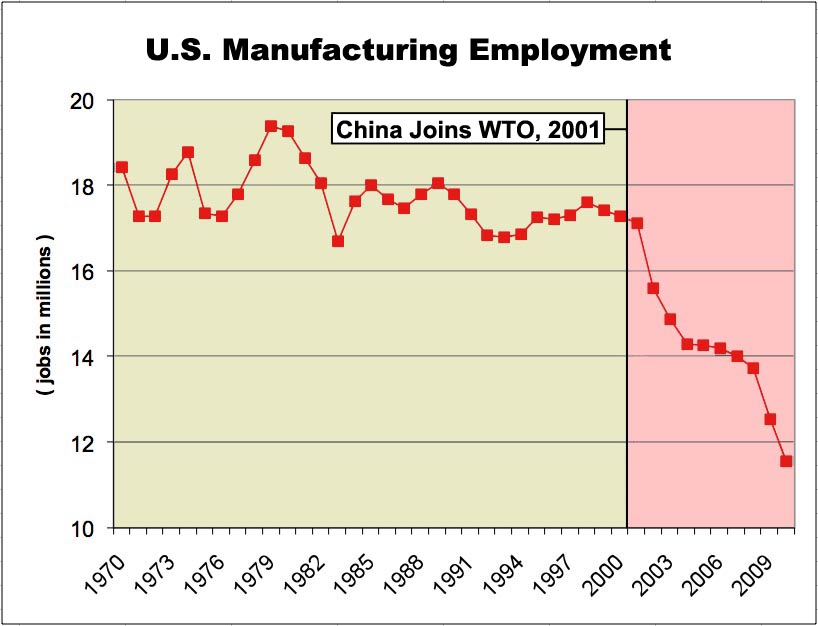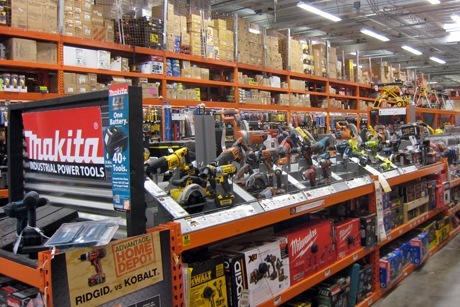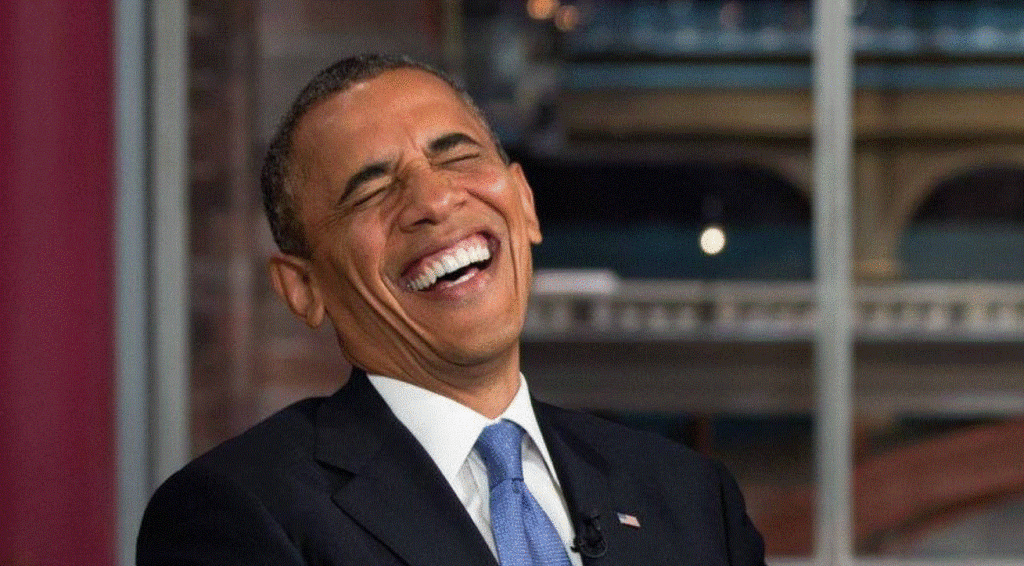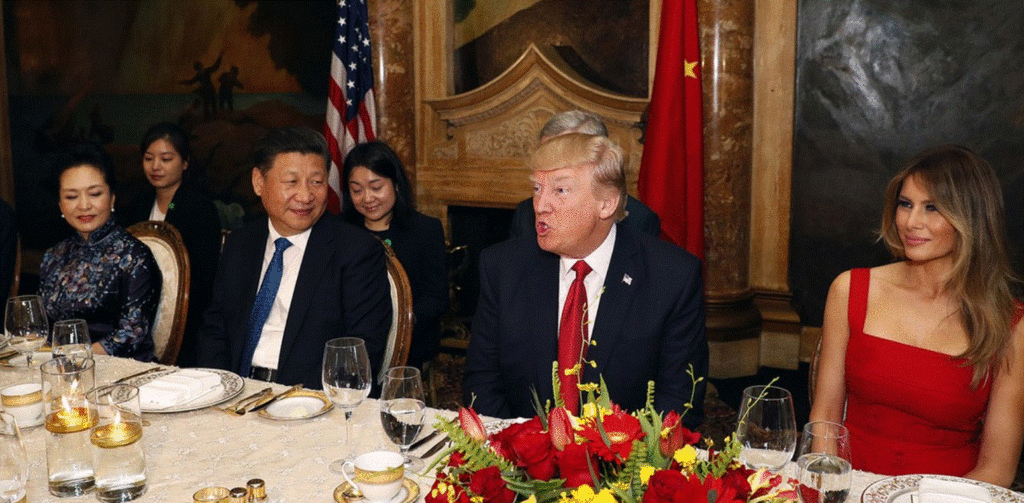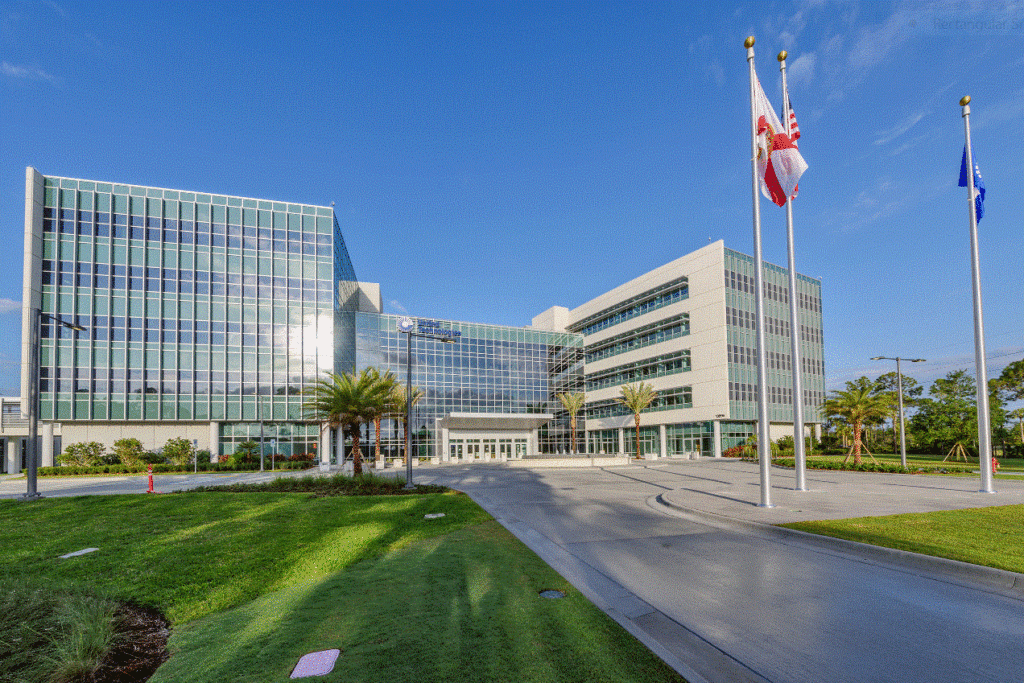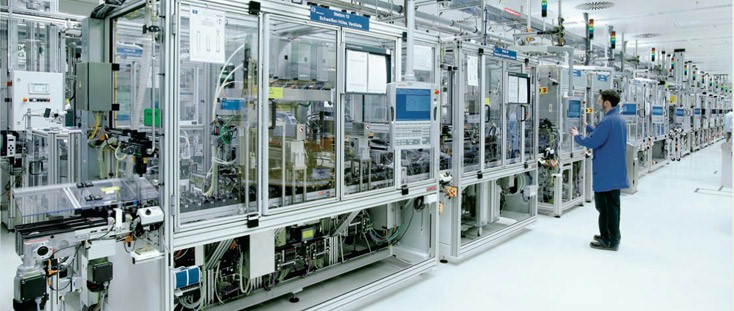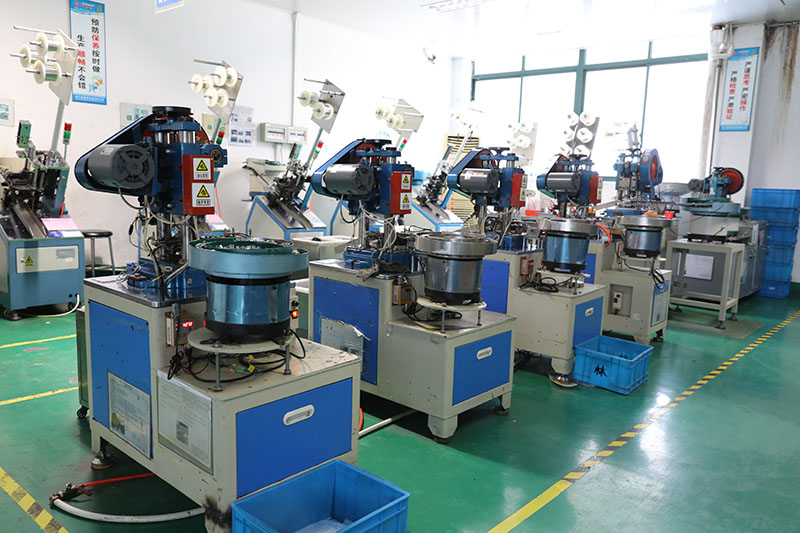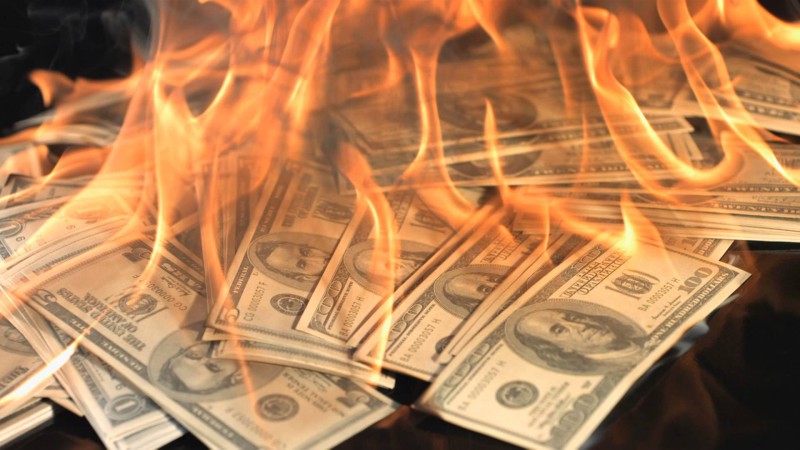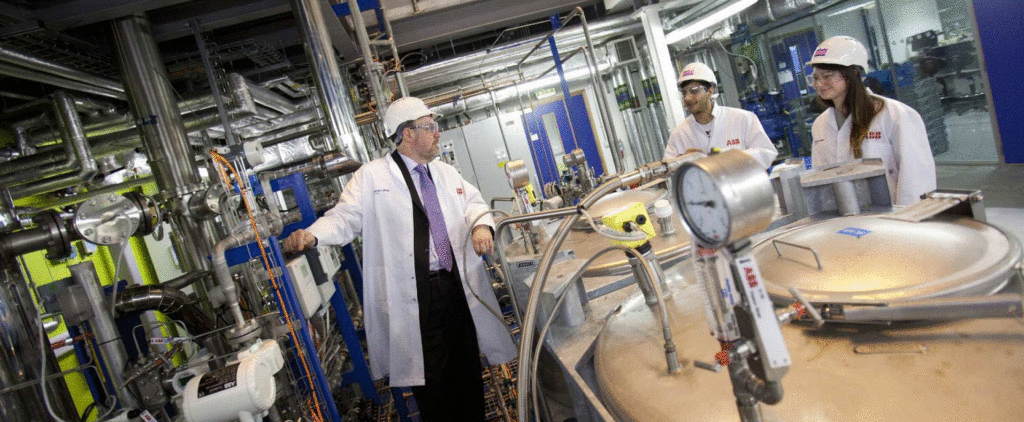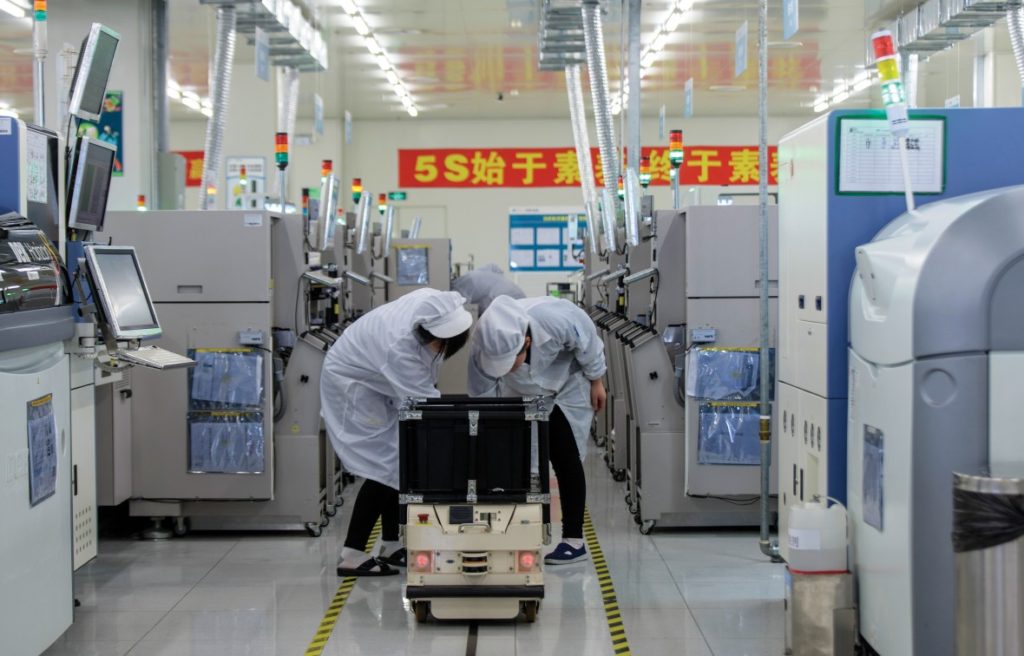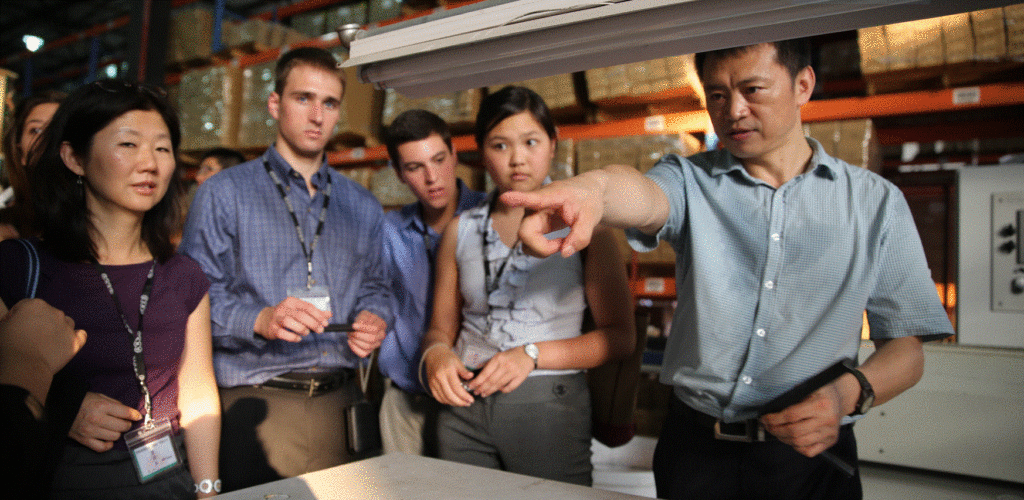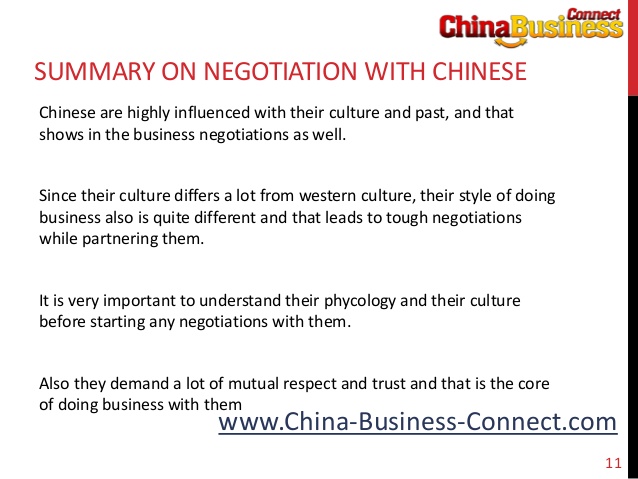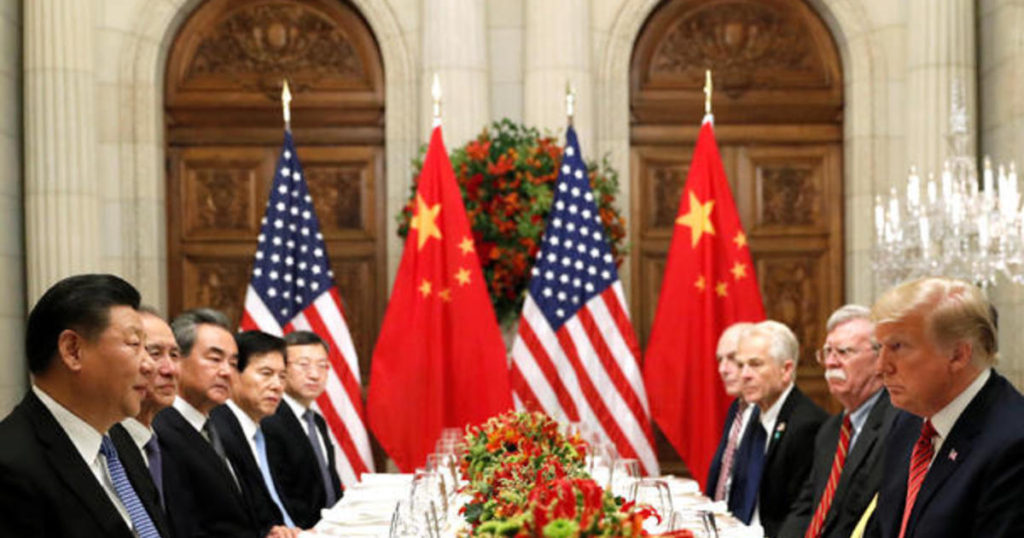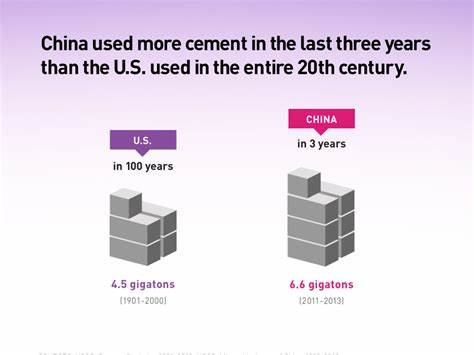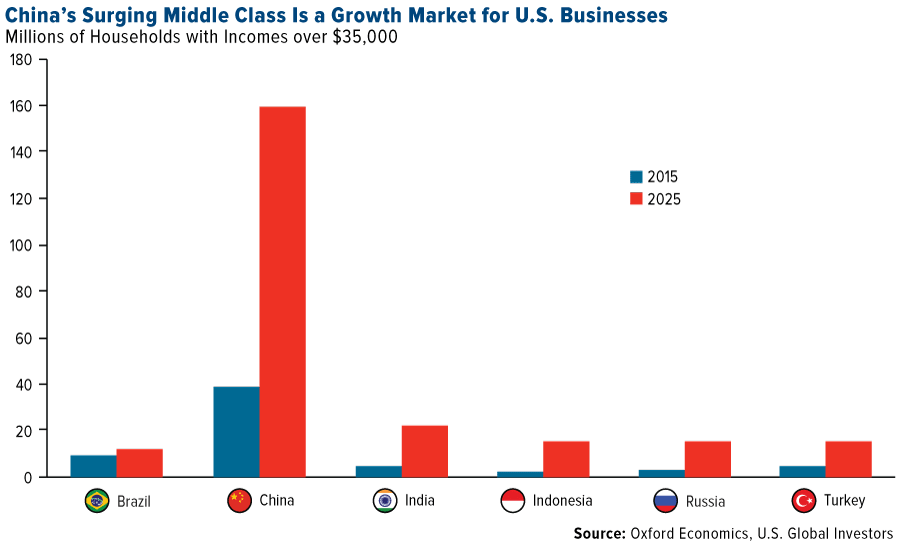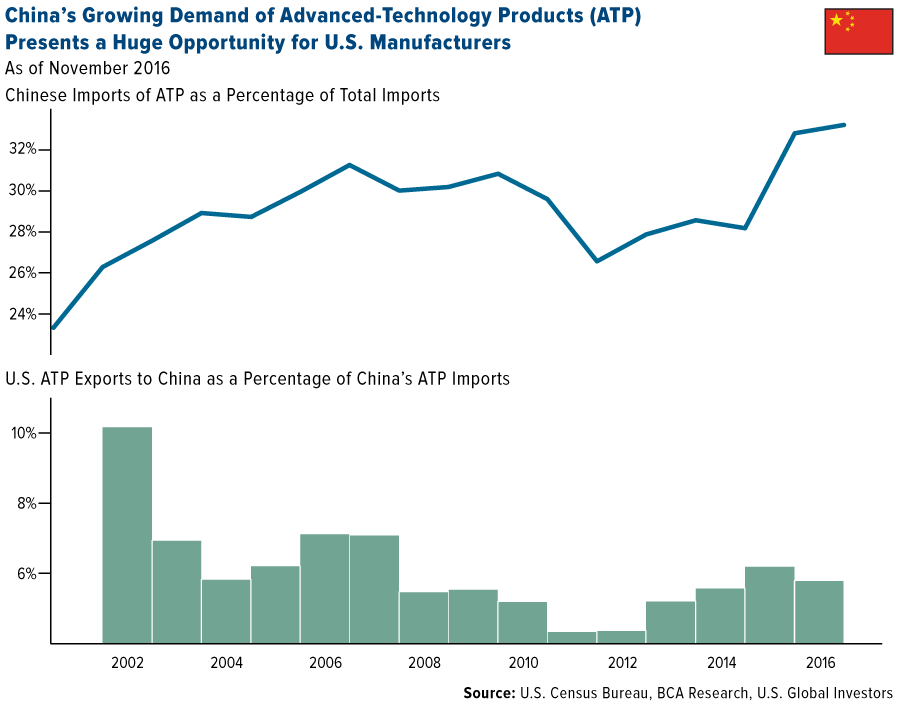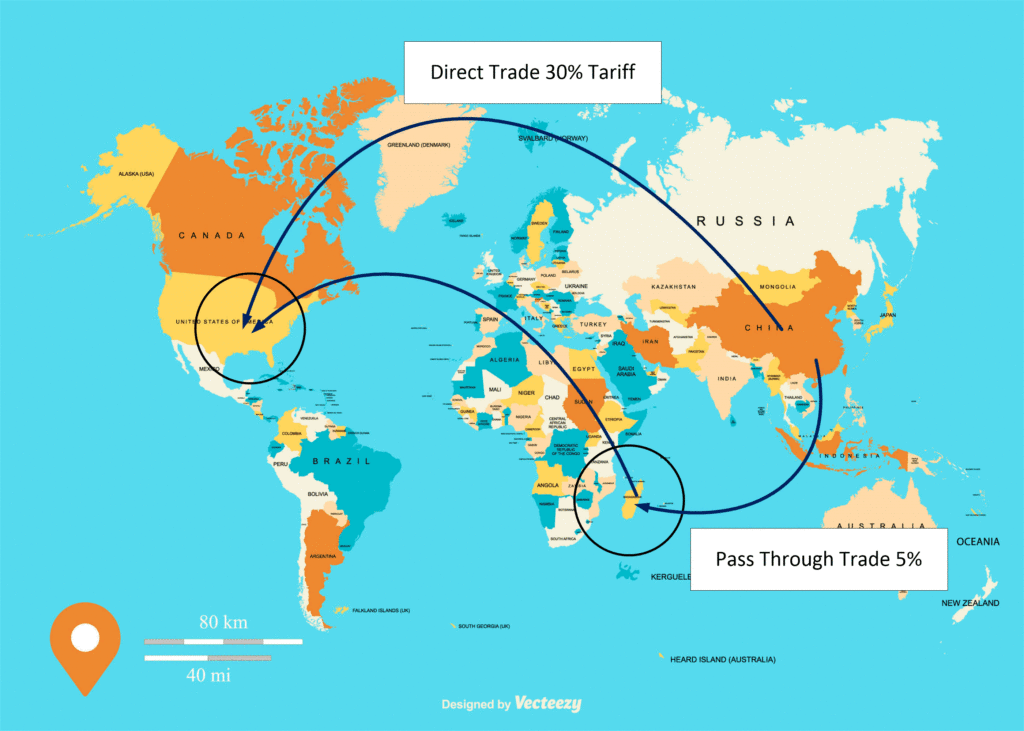As I write this, the “Trump trade war with China” in on it’s third year. It has been one heck of a roller-coaster ride, and today I can definitely say that, contrary to what the mainstream American media reports, China is just happy as can be waiting the “trade war” out.
- China is not starving, ready to collapse towards famine.
- There aren’t layoffs of millions of people
- Huawei hasn’t collapsed, and sitting by waiting for America to develop 5G technology
Here, we review the current state of affairs between the USA and China in the building “cold economic war”, and then investigate options that can move the trade war as a positive win for America. Because right now, it is just floundering. And the only ones really getting “dinged” by it are the Americans that have to pay higher prices for their manufactured products.
This article is all about making America #1.
But first, we need to see things as they actually are. Not as how we want them to be. In many cases that means that we must erase some preconceived notions that we might hold dearly.
To help a person that has collapsed in the street, you need to know WHY he collapsed. Was it heat stroke? A heart attack? A gun shot wound? Or, was he just sleepy. You need to know the TRUE situation in order to provide the proper assistance.
Please kindly note that this post has multiple embedded videos. It is important to view them. If they fail to load, all you need to do is to reload your browser.
The Lose-Lose scenario
At the start of the Donald Trump presidency, myself and others sincerely believed that the trade disagreements between the USA and China could be resolved. We believed in a win-win scenario. One in which both side so the table came back with something resembling success. A win-win for everyone.
But, unfortunately, that did not happen.
Instead, what developed was a policy of “lose – lose”. That is to say, that both sides would lose. However, the idea was for Chinese to lose much more than America would. Thus it would be a positive gain for America, and thus provide the USA with a greater amount of bargaining power.
- The USA would lose a little bit, but recover quickly.
- The Chinese would lose a lot, and maybe not recover for decades.
Personally, there is no doubt in my mind that this lose-lose strategy is a NeoCon strategy.
Because it is complete and utter nonsense, and has no bearing what so ever on reality.
As such, it is no surprise that it would be enforced, embraced and cultivated by Neocons within the trump administration. For every time it looked like the trade issues would be resolved, there would be some kind of problem. And each and every problem resolved around a Neocon-related issue.
I like to point my fingers at war-monger extraordinaire John Bolton, but I could be wrong.
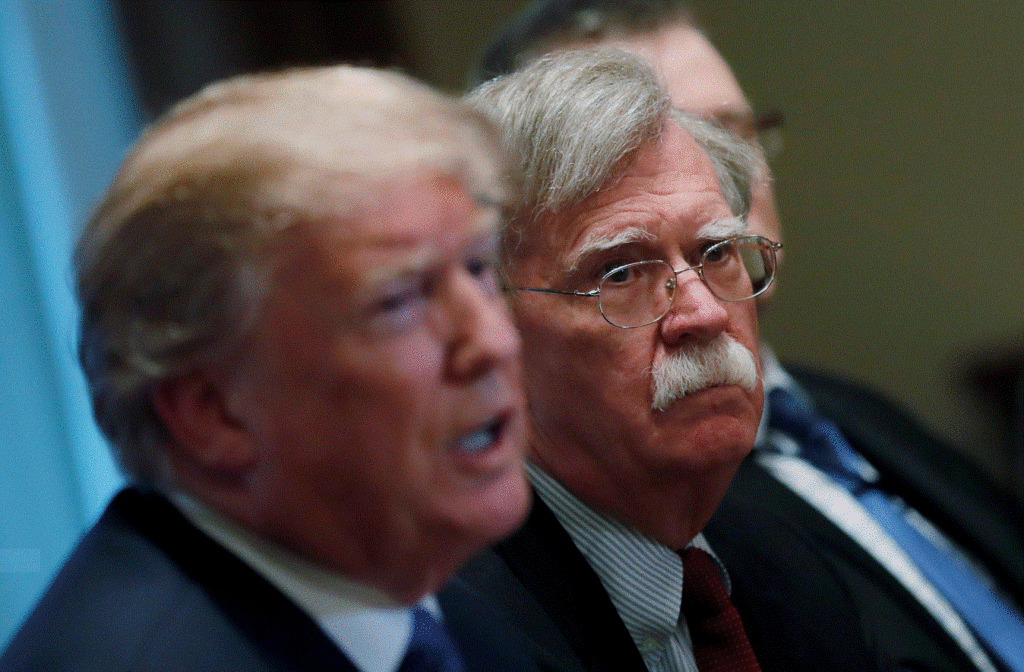
How and Why
Why in the heck would anyone really want a lose-lose situation? Really, it’s crazy right? I mean, why go to a restaurant that has discount week-old meals for a cheap price when you know that you are going to get sick afterwards? Why do it?
Maybe on the HOPE that there is a CHANCE that you won’t get sick.
The understanding on how anyone would possibly want a lose-lose trade agreement is clear once you see the distortions of reality that neocons live under.
- China is forever a third-world nation.
- America is a long-term first-world nation.
- China is dependent on the United States for labor, food, and status.
- America doesn’t need China, and we can reopen all our factories again easily.
Each and everyone of these assumptions parrot the American mainstream press. And, as such, each and everyone is completely and absolutely wrong. It’s what Americans WANT to believe, not what is really going on.
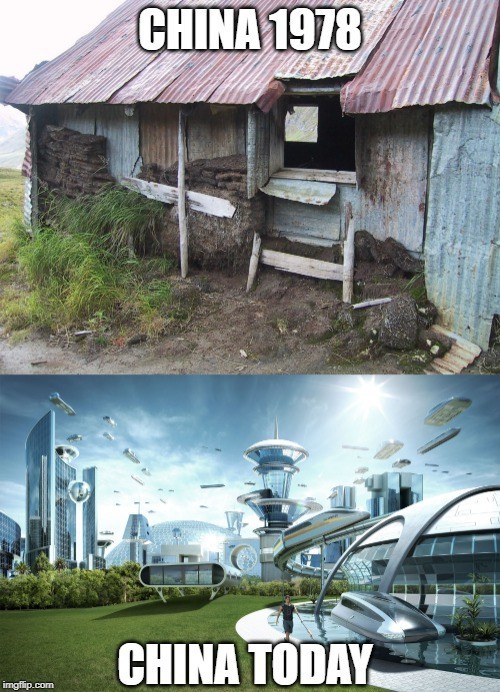
People!
A healthy America requires an educated and well-informed populace. Otherwise, America is doomed to suffer through the mistakes of the mass-mob, as well as the manipulations by those that control them.
Changing things around.
Right now, the trade situation is at a standstill.
- China is waiting everything out. They will let events play out. For they play “the long game’.
- America is willing to suffer though events as they transpire. They believe that China is feeling the same kinds of pressures that Americana feel. For Americans believe that the Chinese, just like Americans, play the “short game”.
The only thing is… China just isn’t experiencing any kind of serious pressures.
In reality, for the Chinese owned businesses, it’s all just a slight down-tick in trade and a very slight increase in prices on imported goods. The ones that are hurting are the American businesses that operate within China. They are feeling the vast brunt of the trade-wars, as well as their support networks. Most of which are HK based.
"The Trump administration made a very serious miscalculation in launching the ‘trade war’ with China. It believed that either, or both, the leadership of China would submit to the Trump administrations threats or the Chinese population would not be prepared for a serious struggle with the US. Both calculations have proved entirely wrong. China’s leadership did not surrender to but hit back against the US attacks. Furthermore anyone who follows China’s domestic discussion, on what is now by far the world’s largest internet community, knows that this line was strongly supported by the Chinese population." - China prepares for economic ‘prolonged war’ with Trump
The big issue in China today, and I can tell you this personally, is that there is a global slowdown going on. This slowdown was triggered by the Trump Tariff wars, but was not caused by them. The global slowdown was forecast for years, and China has long prepared for it.
The Chinese play the "long game" and plan in terms of centuries. American play the "short game" and plan on quarterly results (once ever three months).
Thus, as far as the tariff situation is concerned, they are just content to let things play out and allow America to eat itself alive…

China is playing the “long game”. America is playing the “short game” (quarter by quarter). In this situation, the “long game” favors China. The “short game” harms America.
One of the reasons why these authoritarian regimes like China are much more popular in the eyes of millennials around the world than among older generations, is that the younger people feel at least China focuses on the future, invests a huge part of their economic product into the future, and have a plan. Look at the United States. Look at these countries today. They’re unable to focus on anything beyond next month. They can’t even formulate a budget. They can’t get anything through Congress. And all they’re doing is embarrassing themselves. -McAlvanay
In the long run, the United States can be harmed immensely unless this situation does not turn around.
First Steps
The very first thing that needs to happen is to do a deep purge of the neocons in the White-house.
President Trump's agenda is at odds at the neocon agenda. In many ways they are direct opposites.
These people do not want any kinds of win-win trade situation. Instead, their world view is one of “us vs. them”. They believe that there can only be two types of people in the world; The “hammers” and the “anvils”.
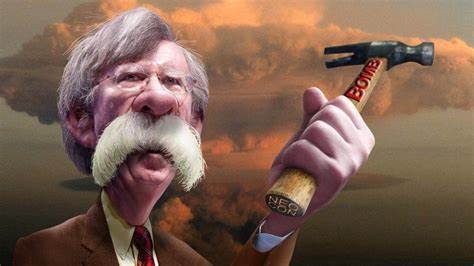
Here’s my narrative on one of these neocons. Open it up, as it will open up in a new tab. Read it. All neocons are the same. They do not love America, American conservatism or tradition. They love power and empire building.

They believe that there can only be one leader in the world, and that is the United States. They believe this because we have “democracy!” (whatever the heck that is supposed to mean). The rest of the world is to live under our subjugation.
No other relationship is possible.
Now, Donald Trump did actually purge neocon John Bolton from his staff, and then immediately contacted Xi Peng in China wanting to resume trade talks.
The American media of course does not associate the firing of Bolton with China. To them, it's all just a coincidence. Bolton was fired for other reasons, like Saudi Arabia, North Korea, and Syria.
According to the mainstream American press, calling China and Bolton’s firing within minutes of each other was just a coincidence. Nothing more.
What China is
The way that Donald Trump tells it, China’s manufacturing sector is close to collapse, fatally wounded by Washington’s tariffs on Chinese imports. Last month the American president was celebrating how China’s supply chain was “breaking up like a toy because companies are moving out”. A few days later he talked again about how Beijing was desperate to call a halt to the trade row. “You know why they want to make a deal?” he crowed. “Because they’re losing their jobs, because their supply chain is going to hell and companies are moving out of China and they’re moving to lots of other places, including the United States.” But if Trump’s tariffs really are designed to torpedo China’s manufacturing base, he may have to think again. Washington will have announced levies on about $550 billion of Chinese goods, when the full tariff quotas come into effect at the end of this year. That could affect up to 5% of China’s manufacturing capacity, according to calculations from Qu Hongbin and Jingyang Chen, two economists at HSBC. But the impact of the tariffs isn’t going to be the same across the manufacturing sector at large. Much depends on the type of goods being made. Lower-end, more labour intensive industries such as furniture and textile production are taking the biggest hit, with companies shifting their factory lines to countries like Vietnam, Cambodia and Bangladesh. -Week in China
China is many things. One thing it is not is what the neocons think. China has leap-frogged the USA in so many areas that it’s just too tiring to elaborate upon. Maybe one or two videos might help add some perspective in this matter.
Some facts. (Opens up in a separate tab.)

But maybe we can ignore the charts, tables and figures. Not everyone can follow them. (Given the really poor state of education in the United States today.)
Rather than the charts of facts and figures that I have in other posts, some informal quick peeks into what is going on in China might be refreshing. Here are things that are EVERYDAY sights in China, but that you will not see in the United States.
For starters…
One of the first things that people are beginning to see when they cross into China and go through Chinese customs is a robotic customs officer. They will instruct you to input your biometics into the Chinese data base.
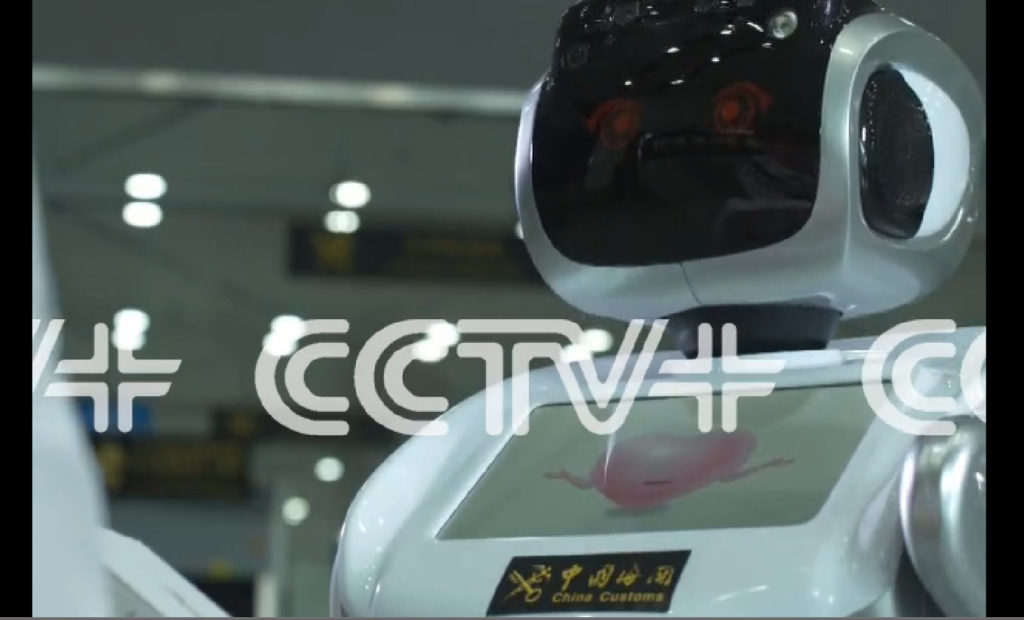
The robots, named Xiao Hai, have state-of-the-art perception technology and are able to listen, speak, learn, see and walk. Based on a specialized customs database, the robots can answer questions in 28 languages and dialects, including Cantonese, Mandarin, English and Japanese. There are some particular problems they cannot solve, and customs officials said they will link the robots to their customer service hotline in the future. With face recognition technology, the robots can detect suspicious people and raise an alarm, according to Zhao Min, director of Gongbei customs.
Then, once you leave customs, you walk out into the bright daylight and confront traffic. China has traffic galore as they are a very populous nation.
Check out this MICRO VIDEO of the amazing traffic technology being implemented in Chinese cities this year…
It’s not even funny how much the Chinese have pushed ahead of American technology. While American industry has been hiring “Diversity officers” to hire employees based on minority “disadvantage”, China doubled down and only hires and promotes on merit.
The Chinese are a serious people. They do not play around.
Their products are excellent. For instance, when President Trump shut off all the Huawei 5G products and development in the United States, China said fine. You see most of the Apple, Motorola, and LG products are all designed in China. (Aside from some leadership positions.) Not in the United States.
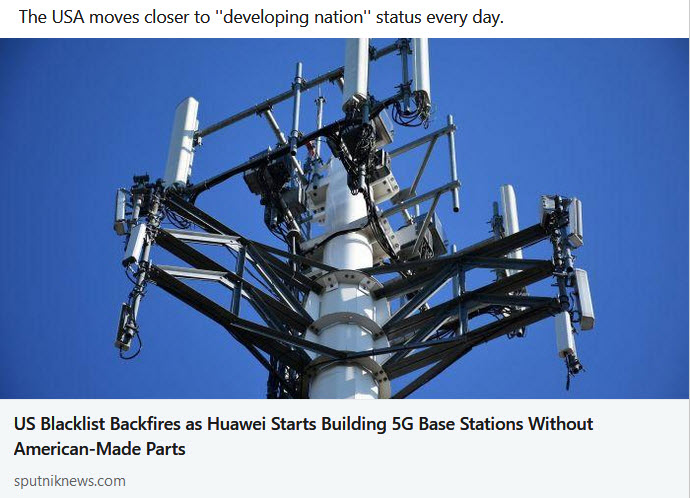
So all the Chinese workers, the engineers, the developers and the designers, they are all inside China. They live in China. They are Chinese, and are paid Chinese wages and salaries. So when the United States government started to crack down on this outsourcing, they politely bowed, and left. They left the American owned companies. They walked across the street. And then they joined the Chinese owned companies. No problem.
With this influx of American-trained talent, China just took off.
They sprinted ahead and are now galloping forward at a healthy clip. The American companies are now in a kind of funky planning stage on how to react to the disruptions in their supply chains.
Check out this MICRO VIDEO of the latest wrap-around visual technology in the new Huawei phones. Pretty darn impressive.
And of course, there is there growing drone and robotics industries. Both of which has dwarfed anything in the United States.
For instance, today all public fireworks displays in China come along with these lighted drone formations. These make an enormous three dimensional visual canvas. This is, I must admit, quite visually stunning. When I first saw this in 2014 I was stunned. And today, it is so very commonplace that no one seems to give it a second thought.
Check out the impressive swarm drones in this MICRO VIDEO below…
It’s like those super modern high-speed trains everywhere. “Oh that thing? What you’ve never ridden in one before?”
High speed rail is fast, cheap, clean, economically and ecologically friendly. It is accessible, and a great way for getting from one point to another. There are no long TSA lines. The seats are big, roomy, and the ride is comfortable and smooth. And the cost. Well, the cost is about 1/6 the cost of an airline ticket.
Read more (opens in a separate tab) here…

People! Seriously, China got started about four decades ago, and kept on running. They are moving forward, and perhaps (from their point of view) it’s a good thing that people are oblivious just how quickly and far that they are advancing.
So you know they are advancing in robotics, and in synthetic memory and minds. How about sex toys? Are you aware of the quality and scope of the Chinese sex toy industry? It’s taking the world by storm, I’ll tell you what.

Here’s another sex doll.
They come in a wide range of styles, shapes, weights and performance. Personally, if you are desirous of purchasing a sex robot, I would advise getting the premium model. They come with additional features that help mitigate the price tag amount.

The point here is that everything from custom genetic designed pets, electric vehicles, to yes, even sex dolls are made in China and they are made well in China.
No one in America is apparently aware of this.
Go ahead, ask an American “China expert” on [1] the gongbei robotic customs officers, the [2] holographic traffic gates at cross-walks, the [3] 5G integration of Shenzhen, or [4] to name all the different makes and models of electric cars debuting out of China this year. He can’t.
And thus… he’s no “expert”.
Just an actor, pretending. He found a nitch a few years back and has been milking it over the years. But, you know, China is not America it’s rate of change is about 20x that of America’s. You need to really pay attention to keep up with all the changes.
Or else you will just be regurgitating “sound box” echo chamber narratives from like-minded individuals.
John Bolton actually stated in late September 2019 that (I am paraphrasing) “… the tariff wars has sent China back twenty years…”.
Twenty years, eh?
Ah, the ignorance is great in this one. Either that, or he has a tumor in his head. It’s a typical characteristic of neocons, don’t you know.
Most of the companies in the US–China Business Council (an organisation of about 200 American firms that trade with China) think that investment will continue to flow. A full 97% of the council’s members say their operations in China are profitable, and 87% report that they have no plans to relocate any of their activities to other countries. Some of the difficulties of ‘reshoring’ manufacturing jobs back to the US were brilliantly revealed by the recent Netflix documentary American Factory too (see WiC464). In the meantime there is little sign that the Chinese supply chain is being eroded, because of the tariff pressure from Washington. “Trump’s claim that an exodus of foreign firms will force China to capitulate to US demands to settle the trade war is wishful thinking at best,” Lardy concludes. -Week in China
Knowing the trade situation as it is, what can be done to salvage it?
That’s what this article is all about.
It’s about us taking a pragmatic, realistic look at the way things are, not at how we wish them to be, and planning on implementation of changes for our own personal benefit.
Let’s look at each issue and figure out how we can reduce or ameliorate the situation successfully. In so doing, let’s tackle the American mainstream (conservative & liberal) narratives. Let’s do it one, by one, and see how we can migrate things into “our” favor.
It sure beats sitting in a dark closet and trying to shoot darts at a target that we cannot see. Eh? Or, to put it another way. We don’t want to go around to tree after tree, pissing indiscriminately.

Here’s some Mainstream media issues, and what the “informed” American populace thinks about China. Let’s take each one, dissect it, and see what we can do about it. OK.
- $500 B trade deficit.
- Global Supply Chain.
- Made in China is bad.
- China is ripping the USA off!
- Chinese are unable to buy American products.
- Chinese products are poor quality, simple and break down.
- Chinese workers are slaves that labor for nothing.
- Fair Trade
- Dumping products
- Stealing IP
- They are dirty Commies!
- Tariffs will bring back jobs.
For starters let’s tackle the A-#1 reason why the trump Tariff Wars exist in the first place. It is because America is losing $500 billion dollars every year to China, and we (pretty much) need to reduce that amount in order for America to be vibrant, healthy and prosperous.
[Issue 1] We are losing $500 billion every year to China
This is based on the fact that we have a trade deficit in goods for about $500B. This is a fact, Jack.
But, what is the composition of that deficit? Where within that composition can we move things to our advantage, and what parts should we ignore as hopeless?
Well, when we study the deficit we note that it is only based on products. It doesn’t include services. And in this area we have a surplus with China. We export those services to China. There are things that they cannot do, but we can. It’s our strength.
I propose that we increase our strength in this area. Work on our strengths, not play to our weaknesses. No matter how good it sounds politically. Give and take.
We provide services. They give us products.
Why not put a tax on the services that we supply to China? That tax can then be used to offset the tariffs that Americans must pay in imported products.
Play on our strengths. It’s a win-win for Americans.

[Issue 2] The Global Supply chain.
Then there’s the global supply chain.
Today we have a global business environment, and no wishing for the “good old days” is going to put that “Genie back into the lamp”. That “train has left the station”.
China imports a lot of natural resources and components from other countries to manufacture and assemble the finished goods. China buys chromium from Africa, and that goes into the metal alloys in cell-phones, drone motors and automobile electronic chip-sets.
Now, China does import other raw materials.
And yes, they do import a lot of raw materials out of the United States. And, no, I’m not talking about wheat, rice, and barley. I’m talking about uranium, and other precious metals that we have. Not to mention coal. China wants our coal. China wants our natural gas. Why not give it to them?
…at a price, don’t you know.
Again, that little bit of extra cost to buy from Americans can be used to offset the imbalance in tariffs. It would be a win-win for the American consumer.
Continue our exports to China, only raise the prices on them. Not prohibitively high, but gradually over time. Another win – win for Americans. Be smart. Think long term.

[Issue 3] Made in China.
Not every product made in China is Chinese.

It’s not. Many Japanese, British, German, French, and yes… American products are made in China. Actually 40% of “Chinese” exports are actually products of foreign (multi-national) corporations based in China. Many of which are American owned.
You’d never hear that in the American mainstream media.
Like Apple and their iphone. Like all those hobby drones that you can buy in the stores. Like the automobile electronics found in all the Fords, General Motors and other American cars. They are all American, but manufactured in China.
They are all American products, manufactured, designed and built in China.
Check out this graph…
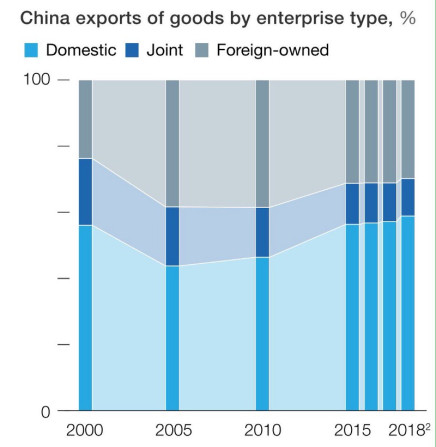
Thus, all these “Chinese” goods, aren’t really Chinese at all. They may be American, Japanese, South Korean, German etc.
You see, it’s easy to consider trade as products from one nation to another. But the fact is that the way business, and manufacturing is conducted today does not resemble in any way the old “made here, stays here” formula.
We need to take that into account.
We could by law, force American companies to make their products in America. That is, forbidding them to manufacture parts and components outside of America. It would be a law specifically targeting “supply chain management” outside of the USA.
American products should be made in America. We can still buy from China, but those products that are made by American companies need to be made in America.
No tariffs that Americans need to pay. More jobs for Americans. Yet another win-win.

[Issue 4] China is ripping us off!
This is pretty much the narrative. It doesn’t matter if you are an American Conservative, a liberal, or a member of the American mainstream media, this is the mantra.
- Cheap junk in Walmart – China’s fault!
- High prices for iPhones – China’s fault!
- Power tool breaks – China’s fault!
US oligarchs and corporations decided to move American jobs abroad not China.
China smiled and took the business. But, seriously, their attitude was "Meh, whatever!". You see, everyone was coming to China to manufacture their products. America had to stand in line.
They raked in the profits, and gave the American consumers some benefit in being able to purchase inexpensive goods.
They came to China with bucket loads of cash. They promised the Chinese the world and gave them blueprints, technical specifications and trained them how to make their products. Then they sat back, drank their chardonnay while the money poured in.
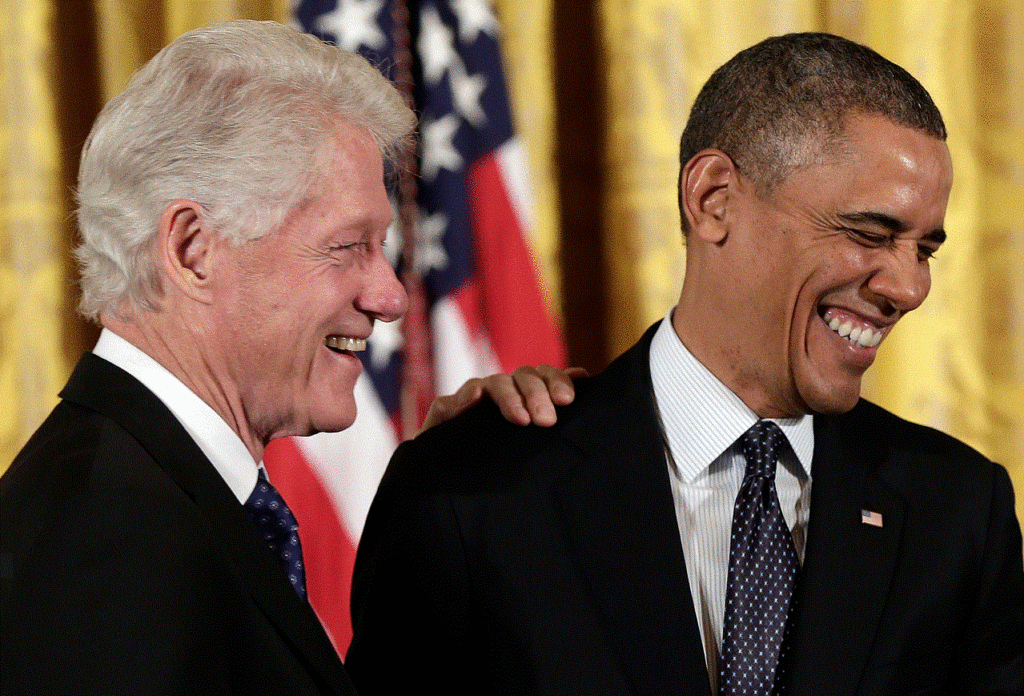
Yes.
Never forget, US consumers and businesses benefit from inexpensive Chinese goods and labor. So, let’s not blame China for the lost manufacturing jobs. If you want to do something about it instead of eternally complaining then…
…ONLY BUY AMERICAN.

What’s so darn hard about that?
So stop your moaning and groaning. Start today. Stop buying anything that even resembles something imported. Period. You cannot change the world, but you can change your little part of it. Begin now. Begin today.

[Issue 5] They don’t buy our products!
This is another outright lie that is somehow broadcast in the United States. The actual reality is quite different. The Chinese place a high value on American products. In fact, in terms of personal value, to a Chinese person, owning a Buick is about equal to owning a Lamborghini. Yes!
It’s one of those jaw-dropping things that boggles the mind of most Americans. For in America, a Buick is considered a robust typical family car. While in China, it is considered the height of luxury, good taste, while at the same time being fiercely loyal to one’s family.
- In China, the Mary Kay company gives her top saleswomen pink Buicks.
- Perhaps that’s all part of the reason why GM sells more cars in China than in the US.
- Not to mention that Apple sells more iPhones in China than in the US.
- For United States semiconductor giant, Qualcomm, 65% of their revenues come from China.
- Boeing sold 1000 planes to China in the last five years.
In fact, most major US corporations consider China as their #1 or #2 market.
So, yes, China has a very open market and it buys a lot of American services and goods, but a lot of them happen to be made in China. Similarly, corporations such as Starbucks, McDonald’s, KFC etc. profit enormously from their thousands of branches in China.

The Chinese love, just love American products. If you really want to offset the trade imbalance between the two nations, then sell more products to China. This means a retail presence inside of China and far greater social and industrial brands than what is presently established.
The Chinese end up buying more American products (especially if they are made in America) and the Americans take home more money. The Chinese are willing to PAY MORE money for an American product just by virtue of it’s reputation. Don’t squander this advantage.
Sell more products to China, they will be happy, and the Americans will be raking in the money. It’s a win – win for America.

[Issue 6] Chinese products are crap
If Chinese products are crap, why do Americans keep spending $500 billion a year on buying crappy things?
Are Americans stupid, or powerless to change things? Is it that the deplorable Americans are just uneducated simpletons. Not hip to the wily ways of the Chinese?
Is that the narrative?
This narrative makes no sense. Not really. Everyone seems to think that all China makes is the cheapest toys in Walmart, but it’s only Americans that makes the computers, iphones and drones that fly in the sky.
Wrong! The roles are actually the reverse.
Don’t forget that BMW manufactures most of their cars in China.

Also, iPhones, Nike shoes and Prada bags are all made in China.
And Chinese brands like Huawei and OnePlus are actually beating Apple. So it’s not as if Chinese can’t make high-end, high-quality products.
They can, and they do.
We need to recognize the true and real state of things. That way we can best be able to decide on courses of action that actually work.
Instead of the progressive liberal Marxist "feel good" legislation.

That said, if you pay someone $1 an hour, don’t expect amazing products that will last for a lifetime. You get what you pay for.
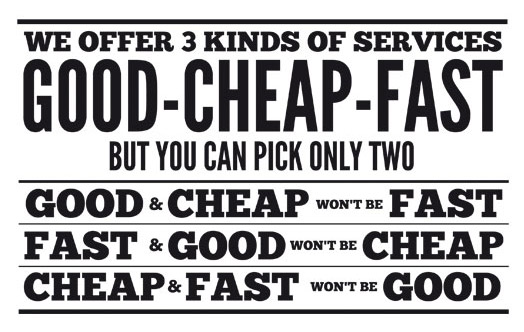
Also, Chinese corporations are working their way up the value chain. Chinese high-end smartphones (Xiaomi and OnePlus) are already #1 in large consumer markets such as India; and, within five years, Chinese electric cars will be globally popular as well.
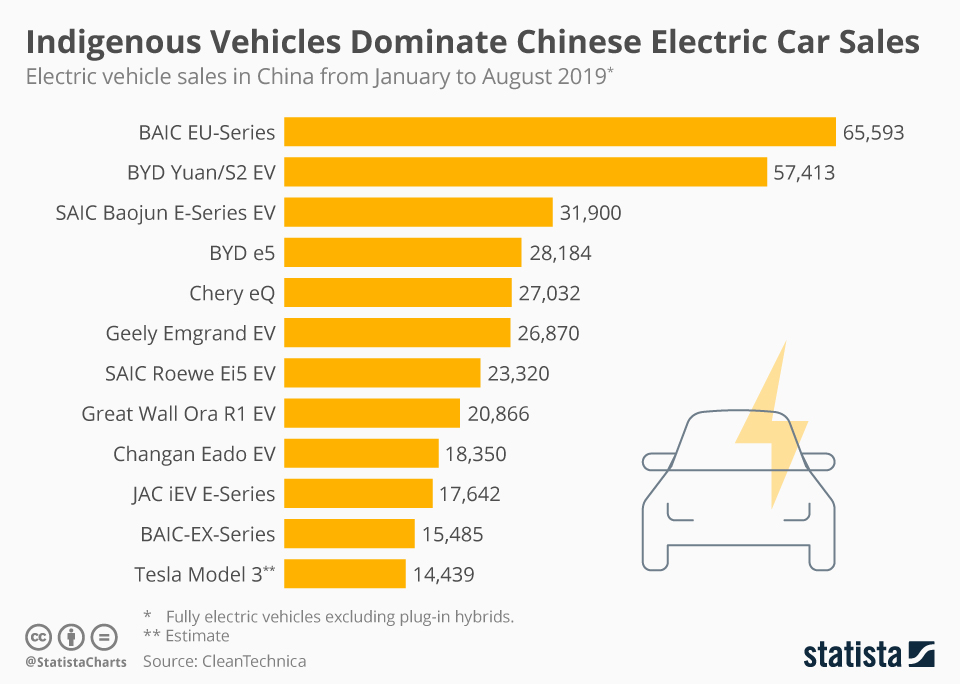
To understand how to take advantage of the global situation, you must first understand it as it exists. We need to see things as they are. Not as we want them to be. That way, we can leverage the situation towards our very own benefit. It will be a win-win for Americans.

A win-win for Americans.

That’s led to a boom in EV startups such as NextEV and CH-Auto who, along with LeEco, could turn the car industry on its head. Especially given the size of China’s domestic market has now surged past America’s to become the largest economy in the world. Chinese EV companies have also been poaching talent from the likes of BMW to help make China the electric car center of the world.
[Issue 7] Everything in China is made by slave labor
It’s not.
The Chinese have a much stronger work-ethic than Americans have. We might not want to hear it, but it is true.
There is nothing good or bad about it. It has do do with society. The higher percentage that Americans have for leisure transmits in more time to attend church, more time for personal education, and more time to spend with the family and making the best of the life that one has. Let the Chinese work themselves to the bone. Americans don’t need to as we have what is known as work-life-balance. It’s a good thing… for us.
Let others live their lives as they want. If they want to work 12 hour days and on Saturdays, let them. Live and let live.
They also have different laws, different customs, and different culture. Thus comparing labor in China to that of the USA is like comparing apples to oranges.
Here is a brief comparison between three factories. One is an American non-union factory. One is a union American factory. One is a Chinese factory. One of the first things that the astute reader will notice that, aside from the pay, there is little else of value that the union provides the employees.
The second thing that you will notice is that the Chinese employee is granted all kinds of things that an American would never, ever be provided with. Like free housing (as in a personal apartment), free internet, three free meals a day, and many other things unheard of in the United States.
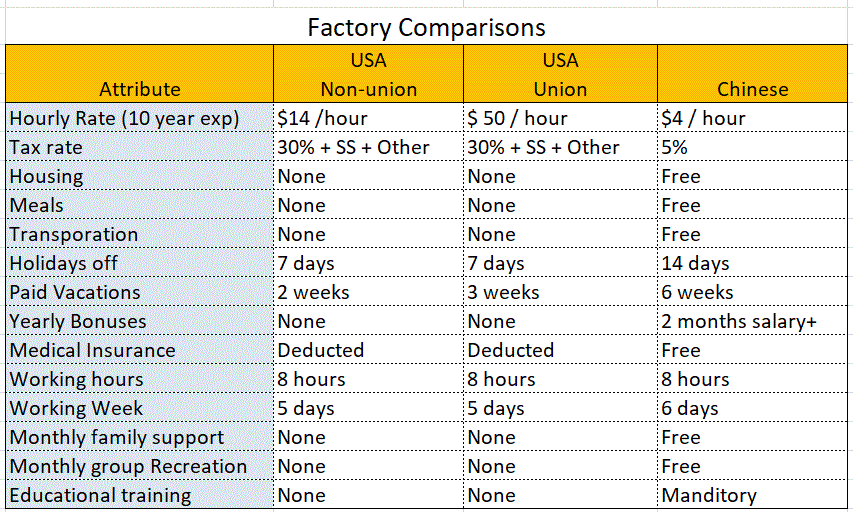
If you want to buy a product at Walmart, and you like it’s price, then go for it.
Sears tried to compete against Walmart, and lost. They offered better quality, warranties, and (for a spell) better working conditions in the factories that supplied the products to them.
It didn’t work.
When I buy something made in Wisconsin, I do not know about the working conditions that the product was created under. What I do know is that I liked the product and so I bought it.
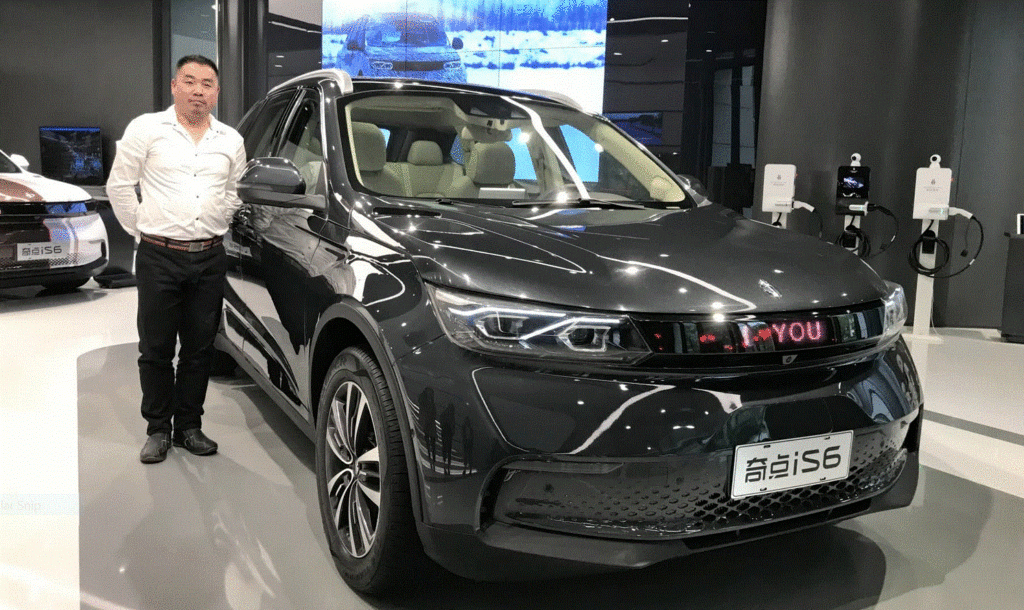
Complaining about situations beyond your control, outside of your understanding, and trying to moan and groan about it is fruitless. If you think that the Chinese labor like slaves, then DON’T BUY CHINESE PRODUCTS, and shut the heck up.
It’s a win win.

[Issue 8] We want Fair Trade and China must lower their tariffs
It’s not as if the only thing that stands in the way of US progress is China’s tariffs. Consider that we imported 8 million cars last year.
We imported Eight Million cars.
Eight / Million / Cars.
Maybe we should buy American goods, before we demand that others buy American products. Eh?

Also, even if China eliminates their tariffs on our exports, US corporations will find that it’s still cheaper to manufacture goods in China, rather than making them here and shipping them over.
It’s not about nations. It’s about the oligarchy and the companies that they control.
Let’s not forget that the US already has a lot of protectionist tariffs, quotas, barriers and subsidies for various products and business sectors. Every government in the world has to cater to its people and special interest groups.
Finally, since WWII, the US has enjoyed an extraordinary privilege of being able to easily print the global reserve currency and wantonly borrow from the rest of the world.
Be careful what you wish for.
For a true “level playing field,” all currencies must be equal, which Americans won’t easily accept. Yeah. Can you just imagine if China could sanction western countries and arrest western CEOs for violating Chinese sanctions! Like the USA does.
Be careful what you wish for.
Most Americans, American companies, and the company stockholders would be most unhappy if China began to play to the same rules that the United States have implemented over the last four decades.
I would advise that we get on the good side of China. With China as a friend we can merge with shared benefit. Treating them as an enemy does the opposite. Work together for the betterment of all. It’s a win – win for everyone.

[Issue 9] They operate at losses and dump products
It is true. There are some state-operated Chinese entities that keep operating while losing money and simply rolling over their debt. China allows that to create employment for its people and also, sometimes, to capture the global market.
However, US corporations such as Amazon, Uber, Netflix and others do the same as well.
- Amazon.com: Bailout: An Inside Account
- Auto Bailout or UAW Bailout? Taxpayer Losses Came from …
- U.S. Government Financial Bailouts
- Falling Giant: A Case Study of AIG
- Auto Industry Bailout (GM, Chrysler, Ford) – thebalance.com
- FIA Bailout – Annuities – Great American Insurance Group
Nothing new here.
Moneys flow toward utility. The Chinese fund factories. The USA funds institutions.
China is a nation that values work, labor and production. America is a nation that values medicine, social reconstruction and government, As such, China will make the products that Americans will use under regulation.
It’s just the way things are.
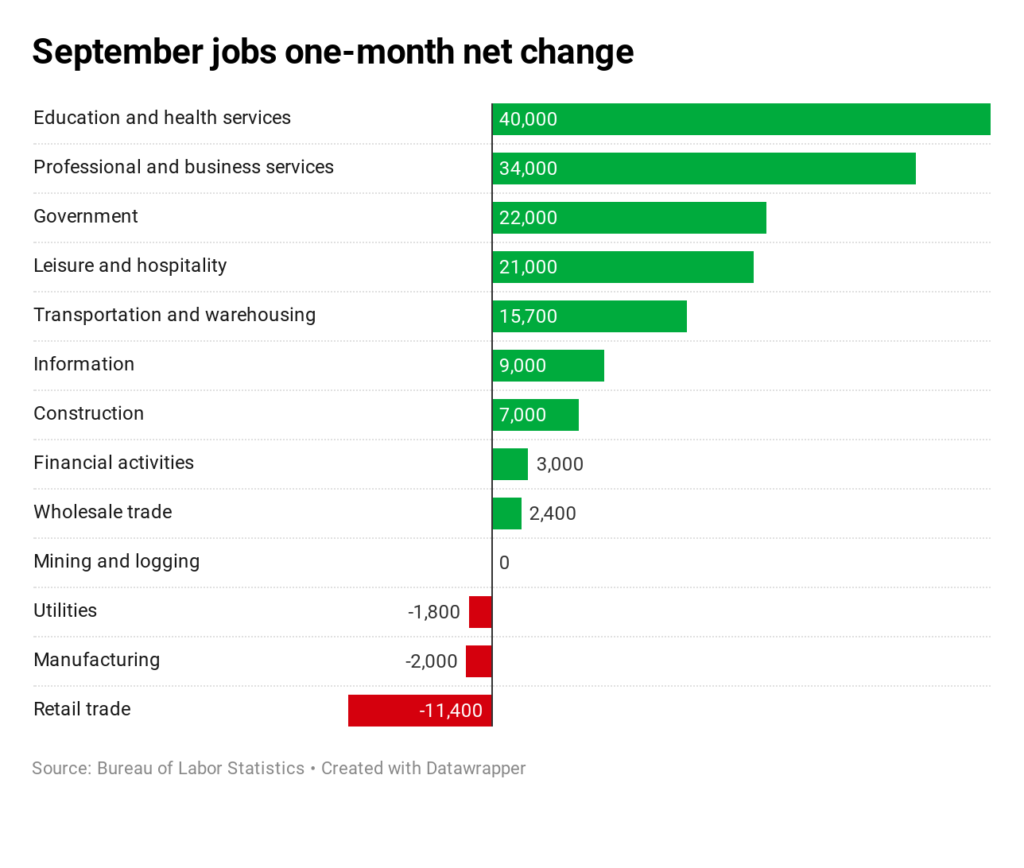
Truthfully, the only difference being that the US corporations are subsidized by commercial banks and the Federal Reserve Bank. While the Chinese factories are subsidized by the Bank of China.
We need to recognize that within the framework of utility. When we do, and grasp the true nature of things, it becomes easier to accept the truth. China makes the things that Americans use. Embrace that reality. It will be a win – win for Americans.

[Issue 10] They steal our IP
IP = Intellectual Property.
Most of these accusations are unwarranted.
It makes for great arguments, and a pretty decent media platform from which to espouse upon, but really, it’s just nonsensical. No one is sneaking around “stealing things”.
The Chinese company just buys an American company fair and square. Then , since they own the patents and the equipment and the intellectual property, they can do with it as they wish.
Carpetbaggers In general, the term “carpetbagger” refers to a traveler who arrives in a new region with only a satchel (or carpetbag) of possessions, and who attempts to profit from or gain control over his new surroundings, often against the will or consent of the original inhabitants. After 1865, a number of northerners moved to the South to purchase land, lease plantations or partner with down-and-out planters in the hopes of making money from cotton. At first they were welcomed, as southerners saw the need for northern capital and investment to get the devastated region back on its feet. They later became an object of much scorn, as many southerners saw them as low-class and opportunistic newcomers seeking to get rich on their misfortune.
If China is stealing our IP, how come Tesla just opened a new plant in Shanghai and Boeing just announced a new factory in China?
If China is a thief, how come Intel Corp. has funded Horizon Robotics, a Chinese startup?
If China is a threat, why does Warren Buffet own 10% of BYD, China’s biggest electric car manufacturer?
Every western hi-tech firm — Google, Microsoft, Amazon, Dell etc. — has branches in China and they wouldn’t do it if China is just stealing their IP. They are not stupid. Are they?
Yes, China required transfer of technology in many industries, but it was a voluntary, consensual business transaction. Driven by greed to conquer the Chinese consumer market, western corporations obliged. Also, arrogance made the West assume that Chinese copycats will never be good enough.
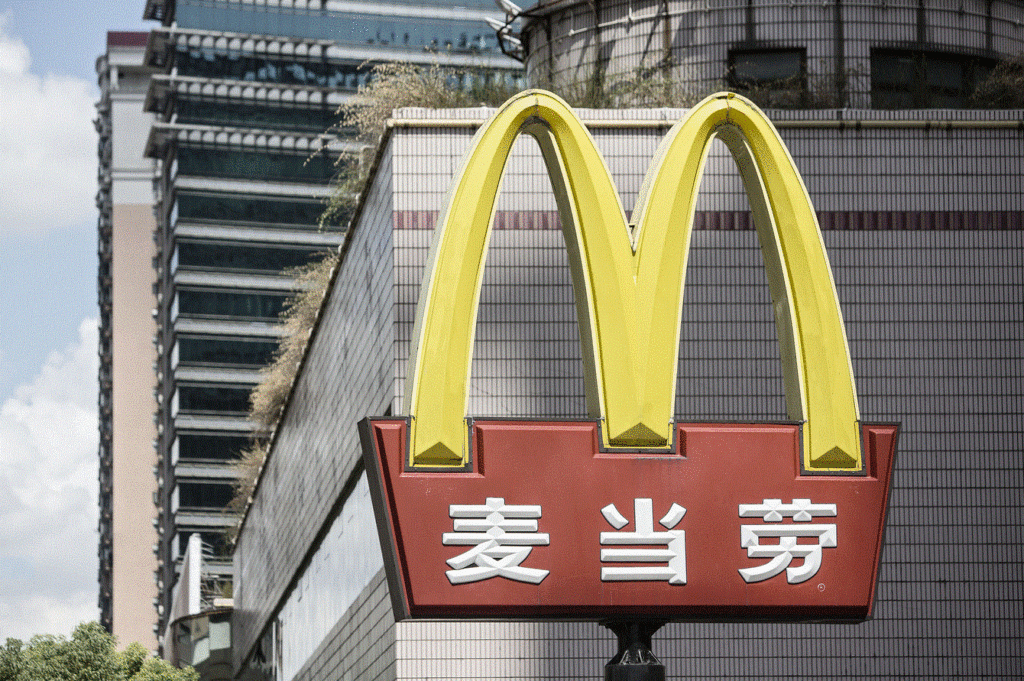
There are definitely problems with Chinese espionage and those must be opposed and stopped. However, most people confuse blatant theft of intellectual property with it being given away. And for the last couple of decades, the American companies did just that. They gave the technology away so that the American company owner can make enormous profits in the transaction.
America lost it’s technical edge, so that a hand-full of individuals could profit from it. These Americans sold out America so that they could become filthy, filthy, rich.
For America to become great again, we need to arrest and imprison those that gave away our strengths, our knowledge, our technologies, our resources for their own personal profit. They should be in jail instead of drinking chardonnay in one of their many mansions. It’ll be a win – win for Americans.

[Issue 11] But they’re commies!
In spite of China’s “communist” party, CCP, what they have is a unique mix of socialism, capitalism and Confucianism. Don’t treat them as a cardboard cutout, a cartoon of something evil. They are not, and you should be ashamed to fall for the 1930’s-era propaganda template.
Chinese communism is NOT the same kind of communism that we Americans have come to think of. It is something all together different.
The private sector is vibrant — [1] 90% of new jobs are created by private enterprises, [2] venture capitalists are investing more in Chinese startups than in American counterparts, [3] the upper middle class is growing rapidly (200 million), [4] there are 3.5 million millionaires and [5] two new billionaires were created every week last year.
Two new millionaires every week!
China is not your textbook “communist” country.
While the Chinese government is certainly authoritarian, relative to western democracies, it has accomplished an economic miracle over the last four decades that’s unprecedented in human history.
800 million people were lifted out of poverty and the GDP grew 40-fold in 40 years.
That’s why 84% of Chinese trust their government and 68% say that the government is the best institution to lead the country to a better future.
To understand how we can “beat the other team”, we need to understand who they really are, what their tactics are, how they call their plays, and their strengths and weaknesses. It will be a win – win for Americans.

[Issue 12] Tariffs will bring back jobs
Tariffs can only bring back jobs if there are American alternatives to the Chinese products. That way the tariffs will price the Chinese products at a disadvantage to American products. And the consumers will want to buy American products.
But…
- The vast majority of products under the Trump tariff schedule has no comparative American-made alternative.
- Thus it will be the American consumer that will be paying the tariffs, as they will have no other alternatives.
This is a real big problem, and perhaps the real heart of the problem with the “trade wars” today. We need to realize how legislative actions produce unintended consequences…
In the 1990's Bill Clinton and his Democrat controlled Congress, single-handedly devastated the American ship-building industry. You see, they laid a "wealth tax" on boats. As they (incorrectly as it turned out) that only wealthy people could afford yachts, and small boats. What happened, is that everyone stopped buying boats. As a result the entire ship-building industry collapsed. It took decades to recover, and even today it is just limping along.
You see, most of the products that Americans buy comes from China, and that there are zero alternatives. This is a problem. This is a really big problem.
Factories do not grow on trees.
You cannot snap your fingers and immediately start making televisions sets, drones, robots, kitchen appliances and shoes from nothing. You need talent, knowledge, machinery and a skilled and talented work force.
But, you do know, that most of the American work force does not have this background. Their background is in the service industries.
Thus creating a factory, or even moving it from China to the USA is a very difficult thing to do. Check out this link (opens up in another tab).

You see, Trump’s 10% or 25% tariff on Chinese goods won’t create enough incentive for most manufacturers to start building products in the US. At the most, US companies will simply move the manufacturing to other developing nations such as Vietnam, Thaliand etc. Moreover, Chinese Yuan has already fallen 10%, thus largely neutralizing the first round of tariffs.
Considering that every major business/lobbying group, corporation and economist is against tariffs and trade wars, it’s highly unlikely that jobs are going return from Asia, Mexico and elsewhere.
Tariffs and retaliatory tariffs can also lead to a big loss of jobs or even a recession. There have already been endless stream of stories about layoffs and lost sales.
While it’s true that some Japanese and German automakers who want to avoid confrontations may build new assembly plants in the US, others may be forced to relocate some existing factories from the US to Europe and China to avoid the cross-border tariffs.
- Make a favorable environment for other nations to put their factories in America.
- Reduce regulations so that the factories will want to move to America.
- Limit the taxes on employers, and on workers so that the American factory worker has a chance to compete.
It will be a win-win for Americans.

Conclusion
There won’t be any winner in the trade war. China in 2019 isn’t China in 1990. We should stop treating it as such. That is crazy.
At the same time, the West should be mindful of history — the Opium Wars and the following Century of Humiliation are etched in the Chinese national psyche. China has worked very hard and sacrificed a lot in the last forty years; and they’re not going to give up their dreams. They are a nation of achievers.
The Chinese are a serious nation and do not play around. If this trade situation is not handled carefully, things can turn really bad for America. It’s not going to be anything like Americans expect.
(Aside from the total collapse of America at every level...) I think there are two other options. One would be a crisis and defeat. That is something we have not experienced in America. What that would look like we can only speculate by looking at other examples of defeated nations, what has happened to them, and how they have adjusted to their post-defeat role. You might look at the defeated Axis powers after World War II as an interesting test case, and we have written a little bit about that. One thing that might even be most disturbing of all, is that no real crisis ever ultimately expresses itself, which actually, oddly enough, may be the worst outcome of all. That is to say, everything we see about our world today, the rich getting richer, the poor getting poorer, democracy sort of ebbing away, people feeling powerless over their political lives, people feeling less and less a sense of civic participation or belonging, and we have kind of turned that up. There is an interesting book by Tyler Cohen. He is a very popular writer now, he wrote Average is Over and The Great Stagnation. He wrote a recent book called The Complacent Class. If you want to read a book about America’s future in the absence of a fourth turning, read that book. The real rate of return gets lower and lower, we kind of approach the stationary state, productivity growth kind of ebbs to nothing, we become a kind of nominal market society, but one in which all the markets are dominated by a few very large companies with enormous market power and concentration. In that kind of society, highly stratified, not feeling at all like what we think of as being America, is, I think, the scariest one, one in which global problems, problems of global order are not rectified. And it is one that disturbs me the most. -McAlvany
So, let’s get rid of the zero-sum mentality, drop the aggressive posture, come up with tangible goals, and negotiate with respect and a smile.
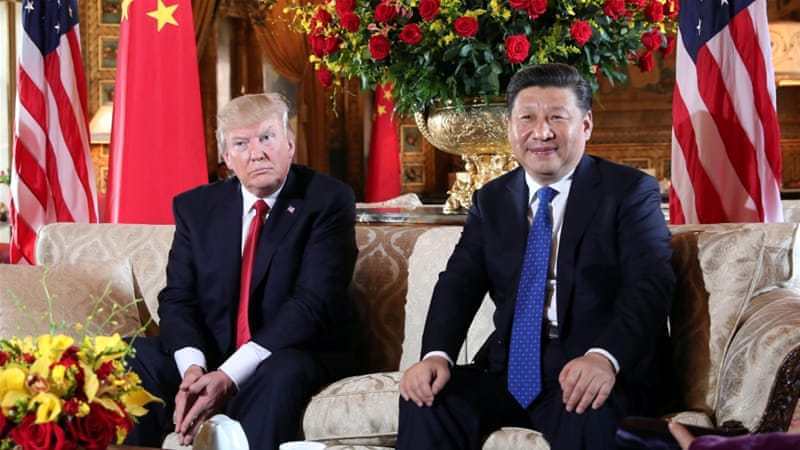
For goodness sakes. Everyone can win. We just need to stop playing the neocon war – war -war game. It’s going to really… REALLY harm the United States. And I do mean BIGLY.
So, let’s think smart. Address things as they really are, and work for a win-win for everyone. Now is the time to do it.

12OCT19 Update
Trump said the U.S. and China have "agreed in principle" on a preliminary trade agreement. Trump acknowledged that differences remain on major issues on which the two countries are divided, but the White House still decided not to push ahead with a planned increased to tariffs on $250 billion of Chinese goods next week. The move would have raised those tariffs to 30% from 25%. "There's too many factors at play for him to just issue threats to governments, China's or anybody else's, to just follow along with what he says," said Wang, referring to the U.S. president's previous threats to slap additional penalties on Chinese goods. -USA Today; Senior China adviser: Trump to blame for delays in securing final trade deal, says China has been 'accommodating'
Links about China
Here are some links about my observations on China. I think that you, the reader, might find them to be of interest. Please kindly enjoy.






























China and America Comparisons
As an American, I cannot help but compare what my life was in the United States with what it is like living in China. Here we discuss that.











The Chinese Business KTV Experience
This is the real deal. Forget about all that nonsense that you find in the British tabloids and an occasional write up in the American liberal press. This is the reality. Read or not.




















Learning About China
Who doesn’t like to look at pretty girls? Ugly girls? Here we discuss what China is like by looking at videos of pretty girls doing things in China.





Contemporaneous Chinese Music
This is a series of posts that discuss contemporaneous popular music in China. It is a wide ranging and broad spectrum of travel, and at that, all that I am able to provide is the flimsiest of overviews. However, this series of posts should serve as a great starting place for investigation and enjoyment.


















Parks in China
The parks in China are very unique. They are enormous and tend to be very mountainous. Here we take a look at this most interesting of subjects.









Really Strange China
Here are some posts that discuss a number of things about China that might seem odd, or strange to Westerners. Some of the things are everyday events, while others are just representative of the differences in culture.














What is China like?
The purpose of this post is to illustrate that the rest of the world, outside of America, has moved on with their lives. That while they might not be as great as America is, they are doing just fine thank you.
And while America has been squandering it’s money, decimating it’s resources, and just being cavalier with it’s military, the rest of the world has done the opposite. They have husbanded their day to day fortunes, and you can see this in their day-to-day lives.









Summer in Asia
Let’s take a moment to explore Asia. That includes China, but also includes such places as Vietnam, Thailand, Japan and others…












Some Fun Videos
Here’s a collection of some fun videos taken all over Asia. While there are many videos taken in China, we also have some taken in Thailand, Vietnam, Cambodia, Korea and Japan as well. It’s all in fun.

















Articles & Links
You’ll not find any big banners or popups here talking about cookies and privacy notices. There are no ads on this site (aside from the hosting ads – a necessary evil). Functionally and fundamentally, I just don’t make money off of this blog. It is NOT monetized. Finally, I don’t track you because I just don’t care to.
- You can start reading the articles sequentially by going HERE.
- You can visit the Index Page HERE to explore by article subject.
- You can also ask the author some questions. You can go HERE to find out how to go about this.
- You can find out more about the author HERE.
- If you have concerns or complaints, you can go HERE.
- If you want to make a donation, you can go HERE.

